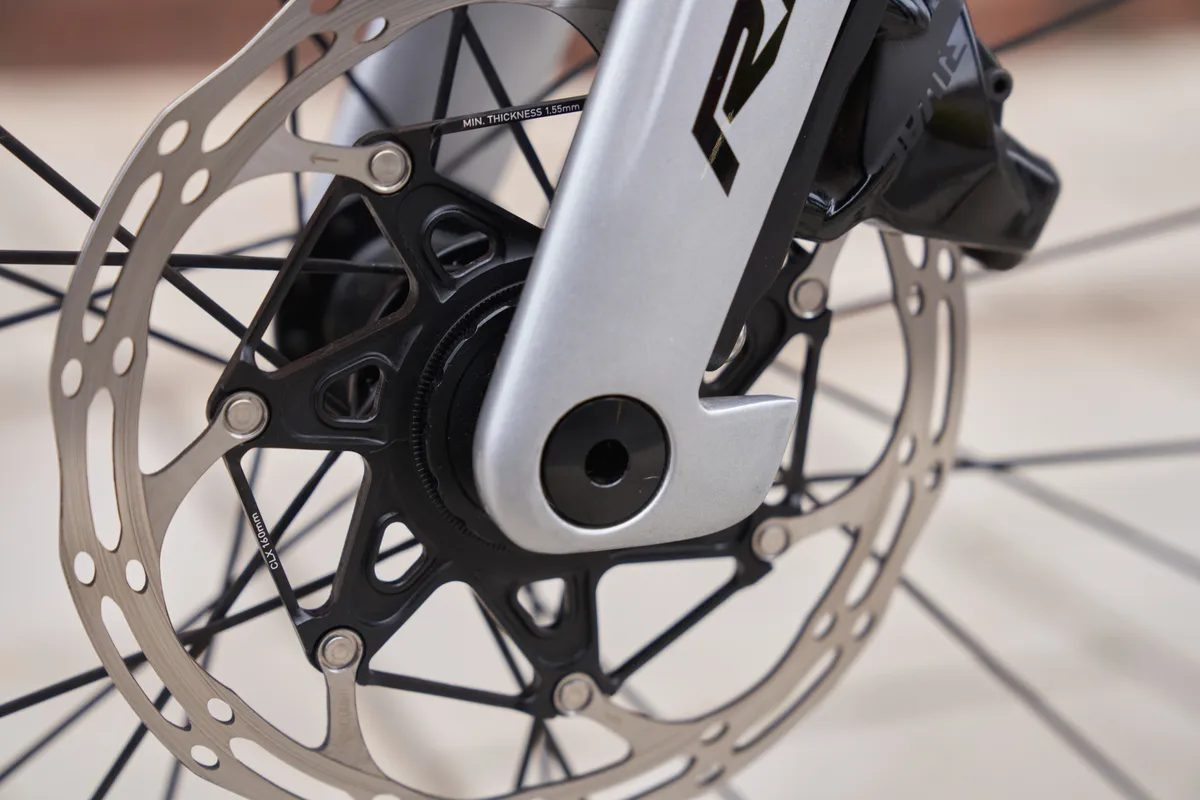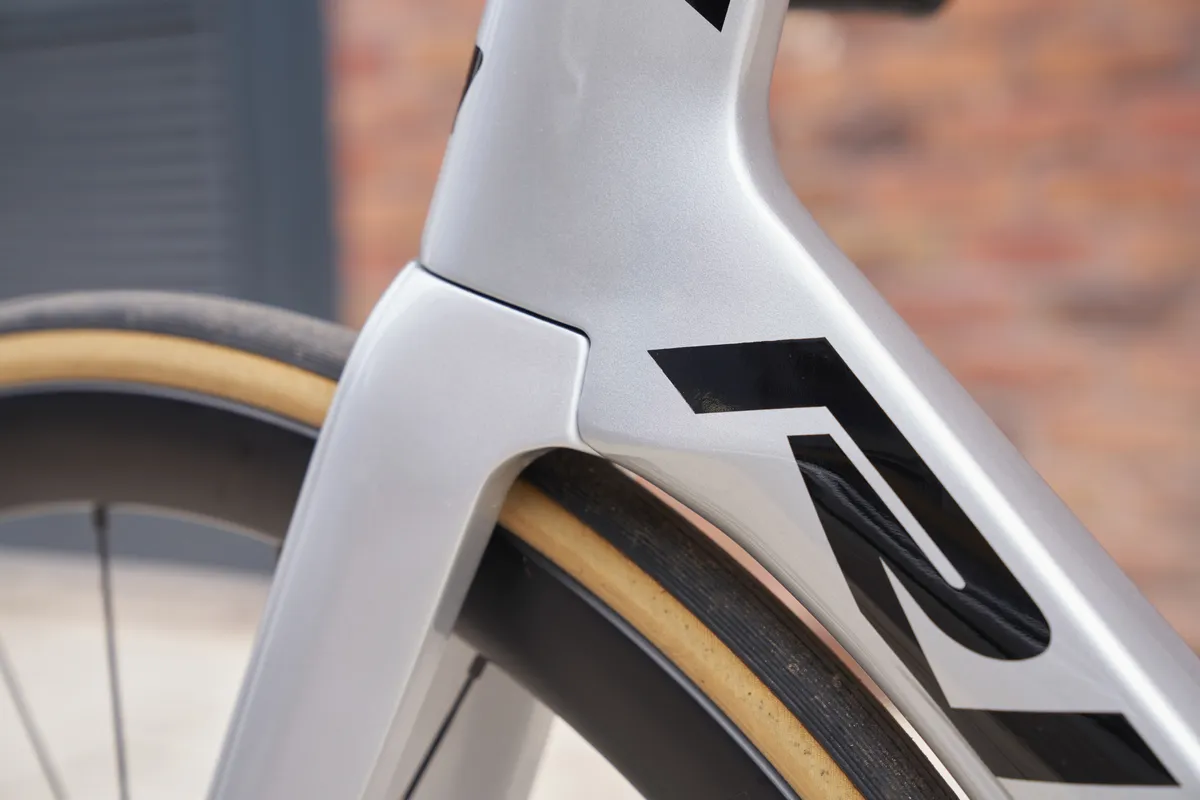The Ridley Noah Disc Essential is framed as a more affordable version of the brand’s Noah Fast aero road bike.
The Noah was originally developed as a sprinter's bike for the likes of Caleb Ewan. Ridley says it has developed into more of an all-rounder over time, something that has become a road bike trend.
This Noah Disc Essential is part of Ridley's Essential Series, launched in February 2022. Ridley says the bikes in the series retain the same characteristics as the brand’s pro-worthy road bikes in terms of stiffness and ride quality, but use a more cost-effective carbon fibre.
As a result of this different carbon fibre, Ridley says the frameset of the Noah Disc Essential is 100g heavier than the top-of-the-range Noah Fast – so not a great deal of difference, then.
The bike has the same aerodynamic features as the top-tier version, and as result, it looks pretty similar, minus the different paintwork.
It has the same geometry, too, which balances the bike’s racing history with its all-rounder potential.
The bike is available in sizes XXS to XL, with Ridley offering the same frame across genders, recommending riders opt for a bike fitting or custom build rather than a women’s-specific road bike.
The Noah I have costs £4,729 / €5,195 and has many of the features you would expect of a road bike at this price. These include a SRAM Rival eTap AXS groupset, Forza carbon wheels and a one-piece bar and stem.
The Ridley Noah Essential should, on paper, ride like the top Ridley Noah Fast but with a marginally increased weight, which arguably isn’t the most important thing for an aero road bike, anyway.
Ridley Noah Disc Essential conclusions
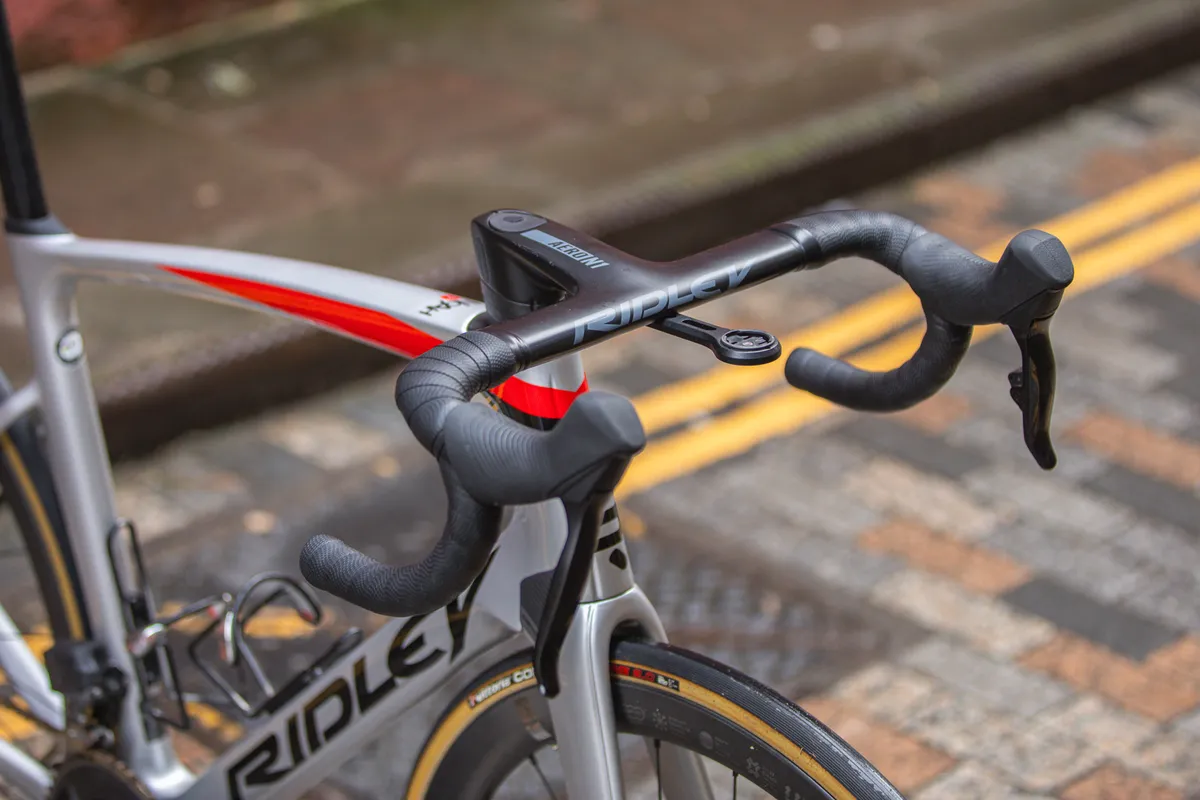
We harbour fantasies of being fitter and healthier, often imagining what that version of ourselves would be like, from physiques to cycling speeds. Losing weight, improving power-to-weight ratios and fulfilling long training plans are, ultimately, ways to bring who we want to be into reality.
But if we can’t train to reach that doppelganger, the promise of buying ourselves better can fill the void. Carbon components, faster tyres and aero upgrades become the key to unlocking what we want from ourselves.
Paired with the fantasy of what kind of rider one would like to be – are you a Van der Poel or a Vingegaard? – it’s easy to see how the bikes we ride and the kit we wear are as much a reflection of our aspirations and manifestation as anything else.
I’ve realised this back-and-forth animated my time testing the Ridley Noah Disc Essential.
From the first instalment of this review, I was explicit that I wanted to regain my fitness – and speed, so I chose a bike that promised to cut through the air. I chose full integration and electronic gears, intrigued by how road tech has moved on since I last bought a bike, but also because these things are supposed to improve your bike and therefore your riding: you.
My long-term report has been a reckoning with this bike, but really myself. How does the bike live up to its promises? How come I haven’t lived up to mine?
Ridley Noah Disc Essential highs
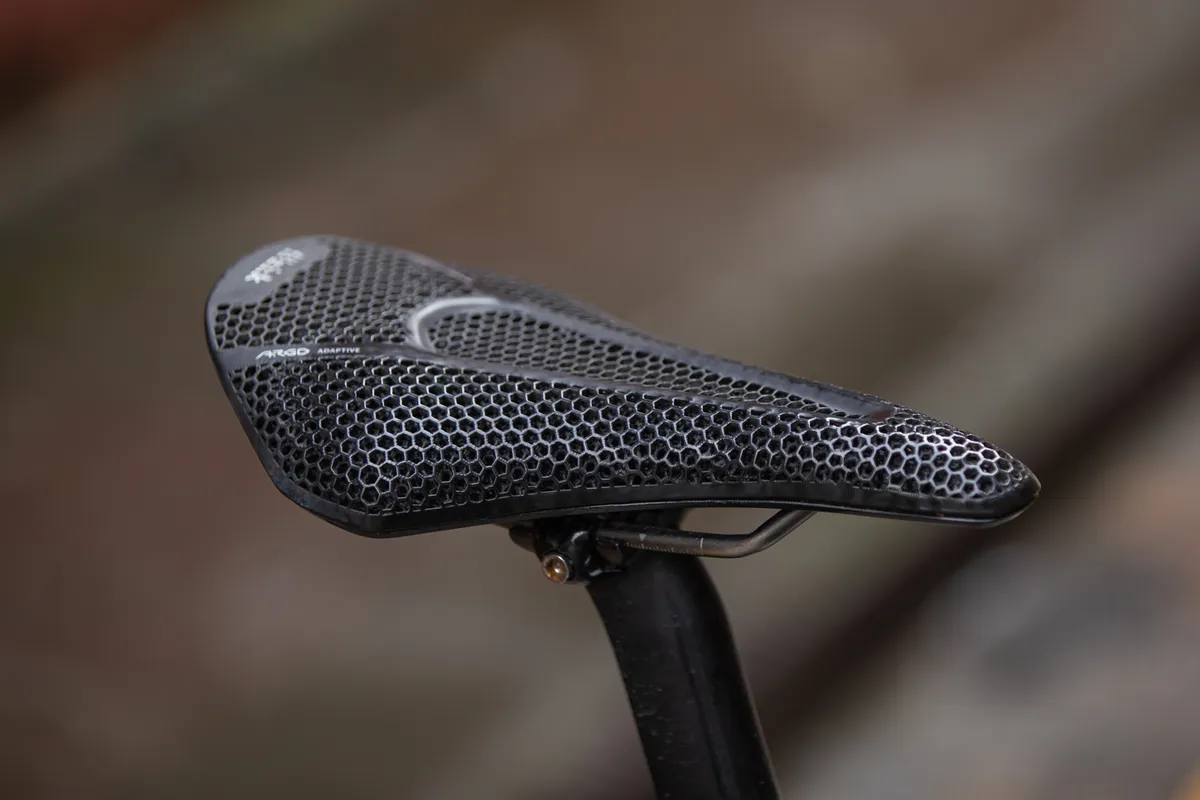
Since I moved back to London from Bristol last year, my cycling has changed. I traded the Mendips for Essex and evening jaunts over Belmont for laps around Regent’s Park.
The Ridley Noad Disc Essential has taken to the new terrain with gusto. Its snappy acceleration and handling at speed make it perfect for keeping up with impromptu pelotons in central London and it will happily tear out of town (my love of the city's noise is aided by quickly reaching the tranquil countryside).
Beyond encouraging you along, the geometry also makes for an incredibly comfortable riding position, even if bumps in the road can zap through the stiff frame.
I am also now a complete convert to electronic groupsets and 3D-printed saddles. Far from mechanically minded, the ease of maintaining the SRAM Rival groupset was joyous to me. The Fizik Argo Adaptive R3 saddle I swapped in for the Noah’s stock Selle Italia saddle worked to smooth out its harshness.
In short, the bike fulfilled many of its promises and worked to flatter what I dream of being on a bike. But as I said in my last update, time away from riding my Ridley Noah made me remember its pros but also its cons, leading me to question of whether it’s the bike for me.
Ridley Noah Disc Essential lows

There is no hiding from the fact the Noah Disc isn’t as sprightly up climbs as it is along the flat. But as Simon von Bromley commented when I queried whether my speed up the hills of the Peak District was due to my lack of fitness or the Noah, “Presumably it was your poor form?”
The likelihood is that it does have a lot to do with me. I don’t ride nearly as much as when I was bombing along in club rides that would average close to 38kph or nearing Chris Froome’s Strava time up Cheddar Gorge.
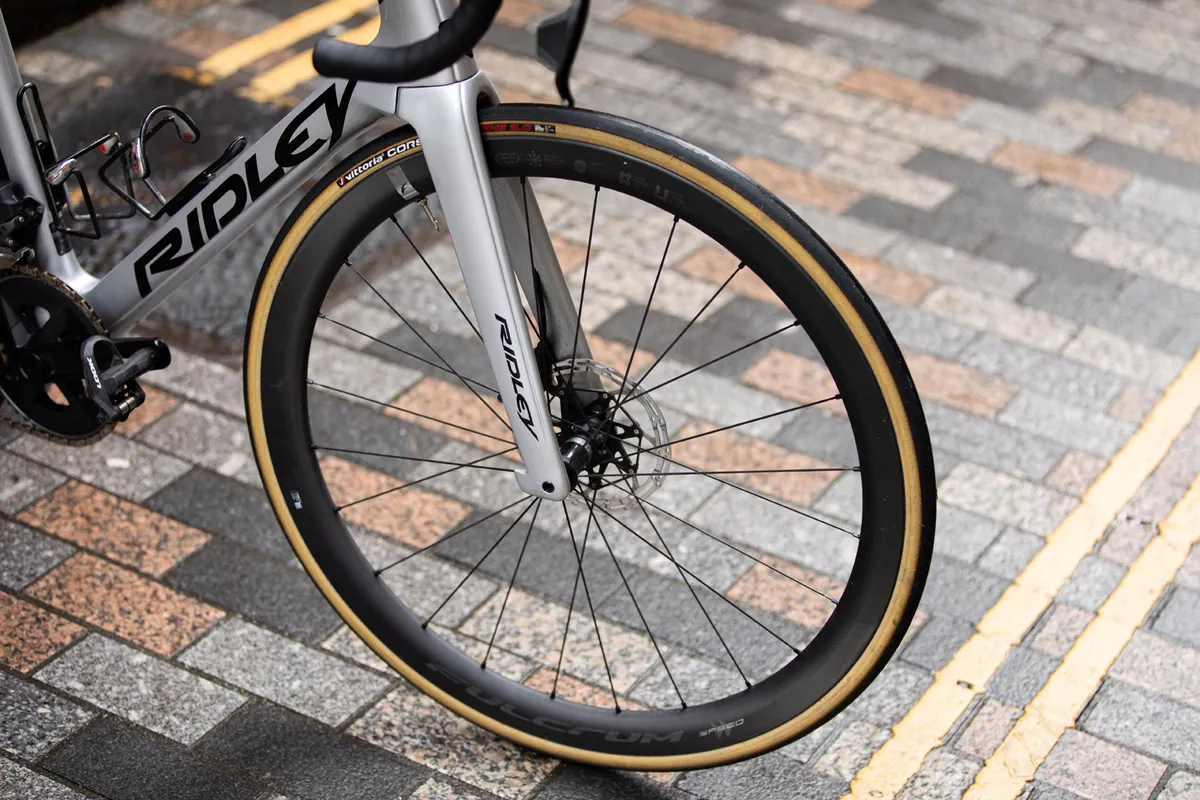
But here is the thing: I am not that cyclist anymore, and while that’s disappointing in some senses, it's good in others. Only a break-up and unemployment meant I racked up as many miles as I did. My slowness is a happier life.
The Noah’s focus on outright speed is therefore out of step with the riding I do. This isn’t a direct criticism of the Noah, but when race bikes are increasingly versatile and they come with the option to fit wider, ride-softening tyres, I feel others could struggle with this bike in the way I have.
Ridley Noah Disc Essential verdict
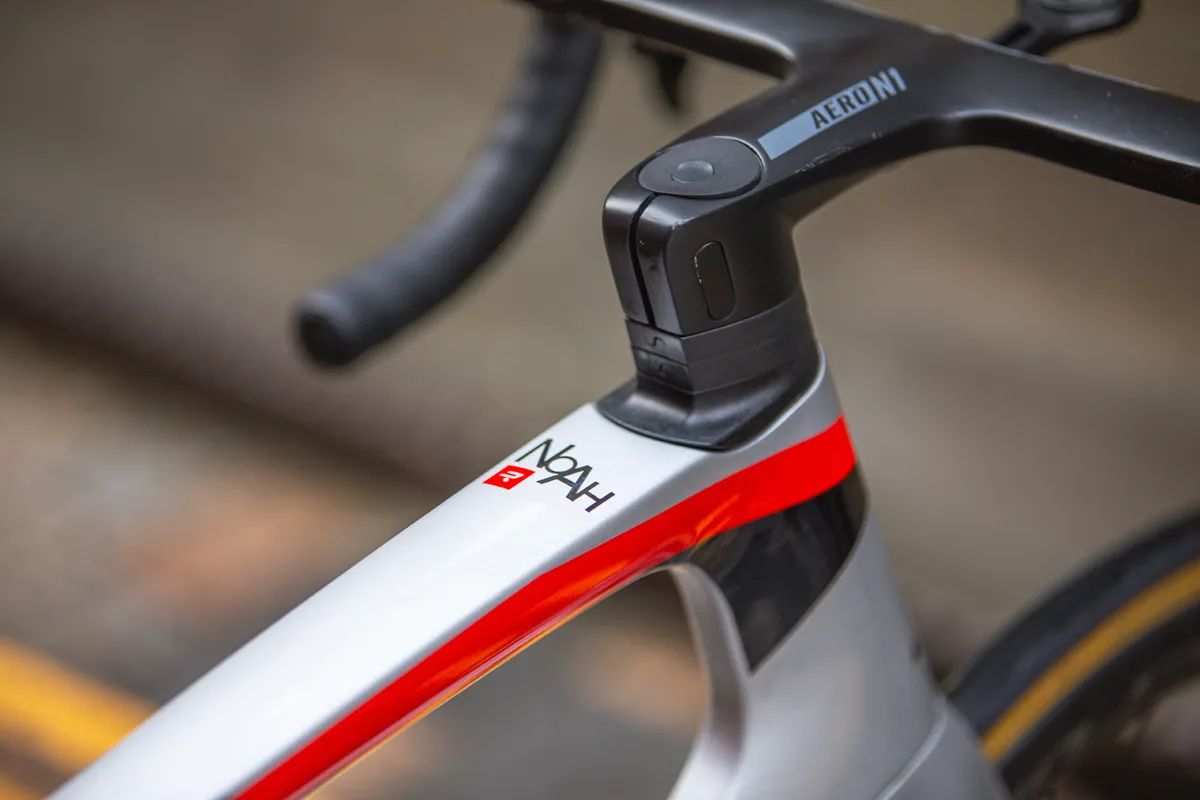
The caveat to the Ridley Noah Disc Essential being limited in its applications, and out of step with more recent bikes, is it takes the old Noah design but uses a heavier carbon layup to make it more affordable.
It does so while retaining the same geometry and frame details as Ridley’s top-flight version.
The bike is a cut-price way to get something that looks and rides like a top-of-the-range model. However, I think only those with a very particular idea of what they want would opt for this bike without hesitation or comparison to how other race bikes have moved on.
If my time riding the Noah has taught me anything, it’s that I should make peace with my slower pace and admit that an endurance bike is better suited to my needs.
But to reduce things to such a simple equation of “what’s the best bike for me?” would also overlook what motivates our cycling.
I’ll probably keep dreaming about my test bike for a long time yet.
Ridley Noah Disc Essential update five
A newfound appreciation

After a traffic collision that left me drinking through a straw, I temporarily hung up my cleats and dug out my running shoes.
I had no desire to mingle with cars and – suddenly – saw the pleasure in pounding one’s knees around the serene calm of parks, away from traffic and without the alertness required for cycling.
While I outwardly brushed my crash off – or at least, exorcised my fears through writing an opinion column – it took me quite a long time to start riding again.
The truth is I’d never been in a collision with a car before and, despite enjoying riding in and around where I live in London, sharing the cramped roads with other vehicles seemed absurd.
After I finally mustered the courage to head back out on two wheels, the two-month break from cycling gave me a newfound appreciation of my long-term test bike.
A year or so of riding had made the Noah feel incredibly familiar and, as can happen with any bike (or indeed any possession one spends an inordinate amount of time using), I think I began to take its best qualities for granted.
As soon as I started cycling again, I remembered the gleeful acceleration of the Noah and its compact wheelbase egging me on to rip around corners.
This sensation has been embellished with the Fulcrum Speed 42 wheels, which offer sharp handling and make the Noah’s ride even more thrilling.
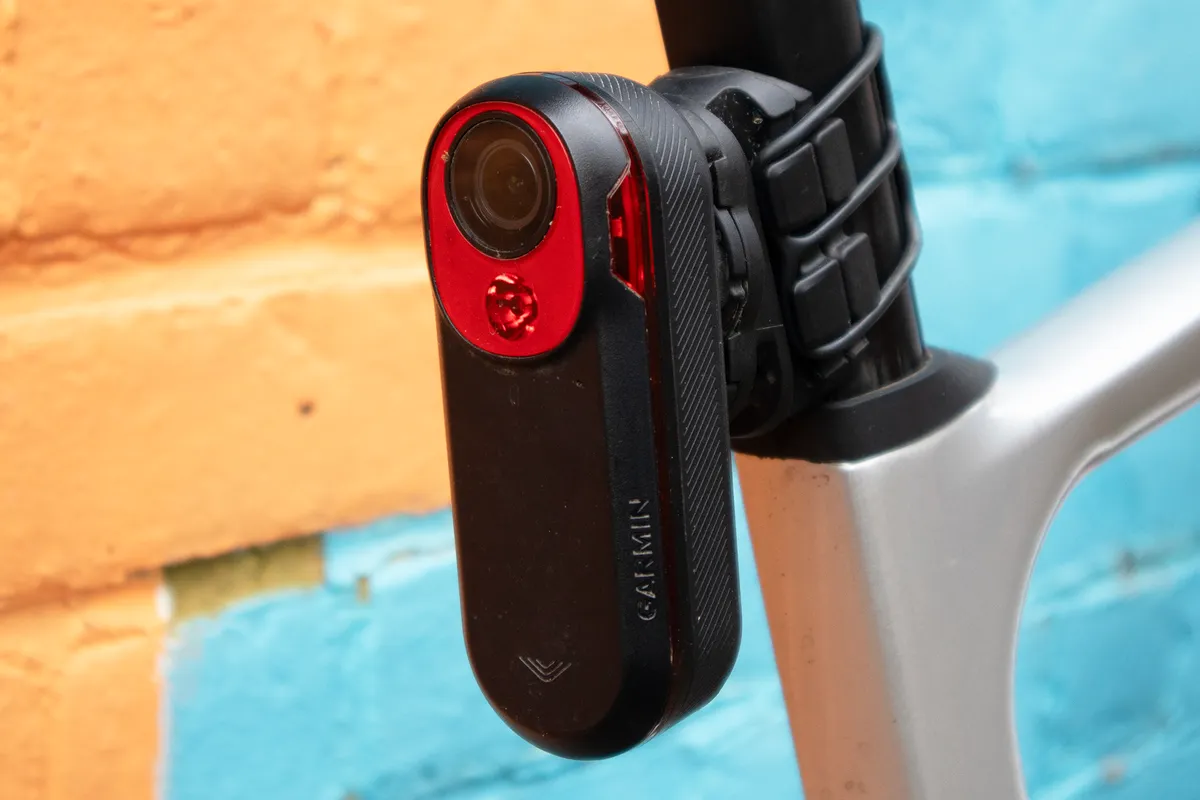
I’ve commented on how much I like the fit of the Ridley Noah before and my return to riding has reinforced that opinion.
The stretched-out position I’ve found myself in on other bikes in the past led me to think being uncomfortable was a requirement for being – or, feeling – fast, but the Noah has proven to me that needn’t be the case.
Since my last update, I switched out the fast but fragile Panaracer tyres for the Vittoria Corsa Graphene 2.0 tyres that originally came with my long-term test bike.
At 700x25c, they’re not as wide as I’d like, but I appreciate the combination of speed, durability and grip, now we’re into winter.
The combination of comfort and pleasure has translated to a feeling of confidence on the bike, which is truly welcome after my collision.
But is this the bike for me?
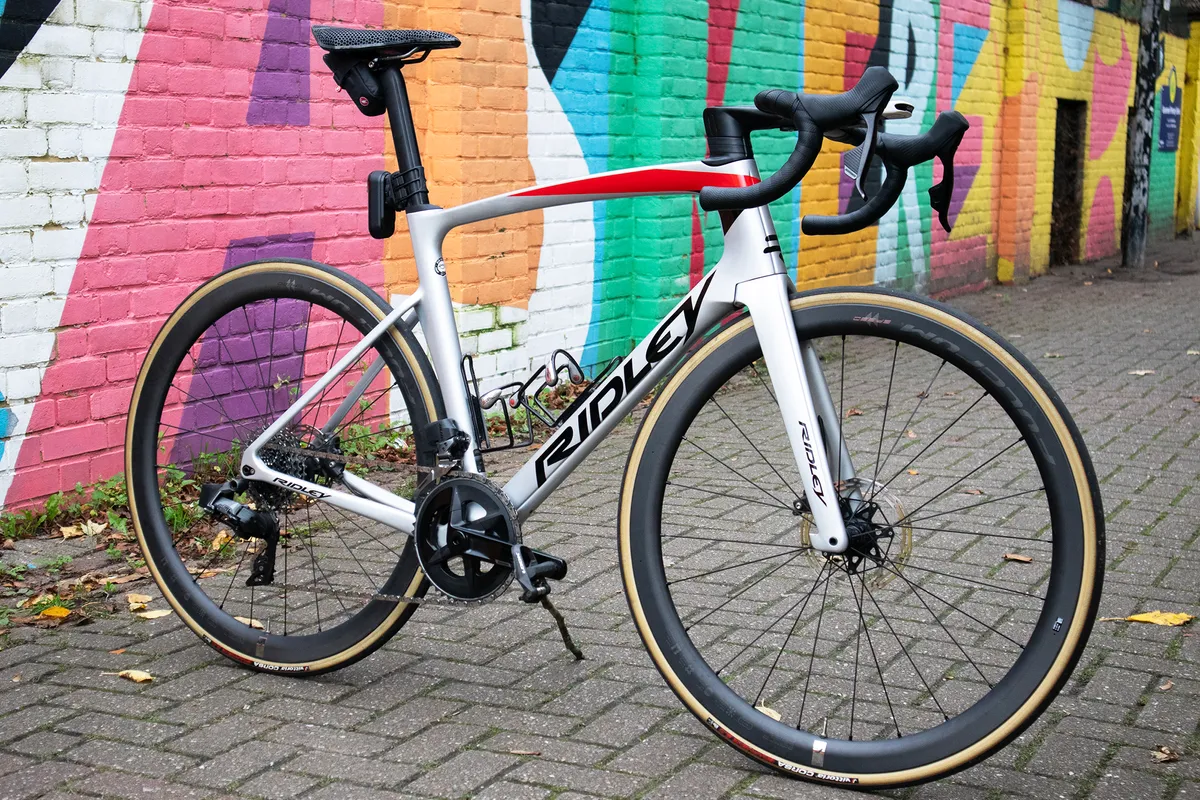
My enthusiasm for the Ridley Noah remains tempered by my experiences of it on rougher and steeper terrain.
The ride is exhilarating but sometimes too harsh, with imperfections in the road quickly made known, and its performance on steeper climbs leaving something to be desired.
As Ridley’s aero road bike, originally designed for sprinting, the Noah doesn’t align with the riding I do. Despite how much I enjoy riding it, I have to ask, is this really the bike for me?
The release of the Ridley Falcn RS in September brought this question into sharper focus. Marketed as an all-round race bike – albeit with quite a low ‘ride height’ – it sits between the Noah and Ridley’s climbing bike, the Helium.
It would arguably be a better choice for me if I wanted to retain the fun and excitement of a fast race bike while enjoying a bit more versatility and the modern luxury of 34mm-wide tyres.
In many ways, the release of the Falcn RS has made me reflect on how the Noah looks as if it’s from a slightly different time, with its limited tyre clearance and targeted application.
One of the reasons I chose the Ridley Noah as a long-term test bike was it offers many of the modern road bike features I wasn’t truly acquainted with, from full integration to electronic drivetrains.
But, it seems to me now, after my break from riding this bike, that as well as taking its best qualities for granted, I’d also begun to overlook its cons.
Ridley Noah Disc Essential update four
Walk, don’t cycle
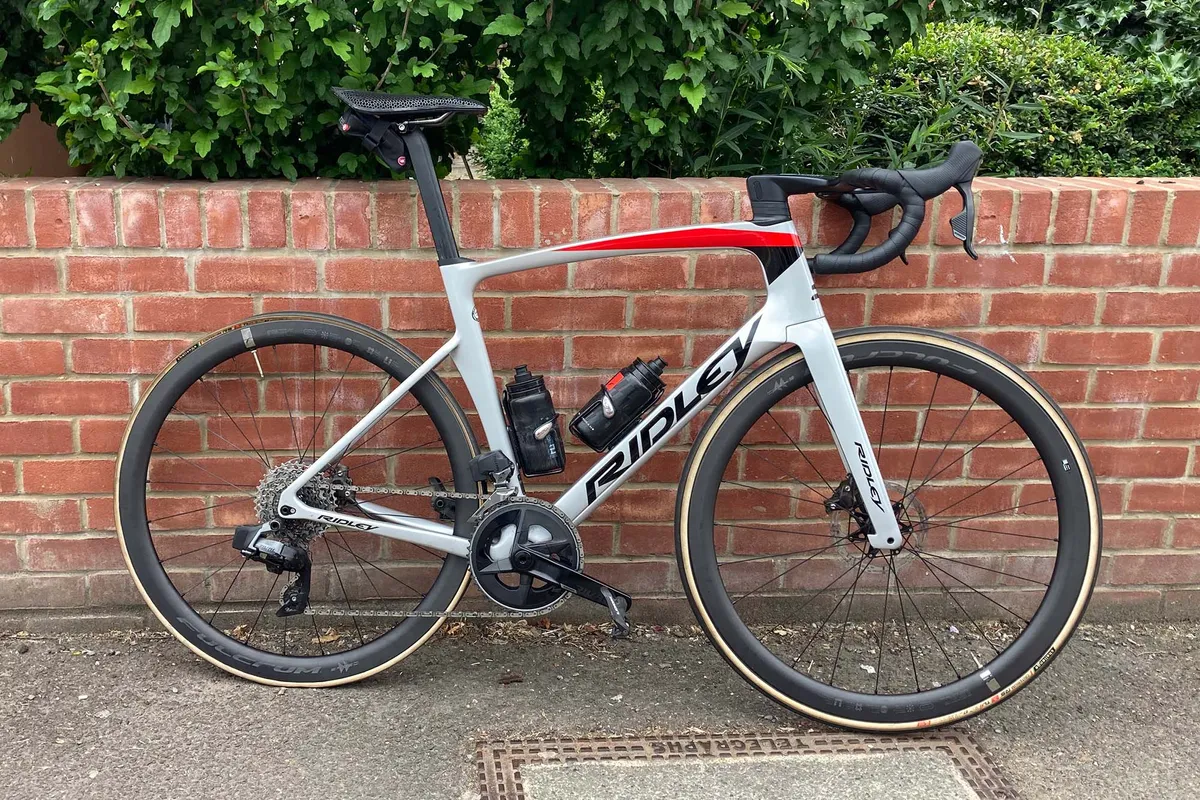
After 20 minutes of crouching on the pavement, my hands covered in dirt and grime, raw from having to exert so much force peeling a stubborn tyre from a rim, I realised I had no other choice: I had to walk.
I was just home from Eurobike, where I’d spent two long days tramping the halls of Messe Frankfurt, an airport-sized exhibition centre in Germany’s financial capital.
Two days speaking to brands and manufacturers in 30°C heat, writing on my laptop at any plug socket I could find, probably drinking one too many espressos and having to take a last-minute flight home to the wrong city, I was knackered yet energised – I was in need of a cycle.
I eventually headed out for a ride after a morning spent manifesting the energy to do so, but I made it only five miles before I felt my rear wheel puncture. A staple had jammed itself through my tyre and inner tube, emptying it of air completely.
After I removed the staple and switched out the burst inner tube, I realised I’d managed to puncture the new tube myself by catching it between the rim and the tyre.
All I wanted to do was cycle and now I was cursing anything, everything but mostly myself – and doubly so when I realised I’d used my last puncture repair patch on a previous ride, so I couldn't even fix the puncture. I know.
So that’s how I realised I had to walk. I set off through Epping Forest to the closest overground station, sullenly tapping my card to get through the gates, ignoring the eyes that said “Why’s that man in Lycra on the train?” and vowing to set my bike up tubeless.
The solution, or so I thought
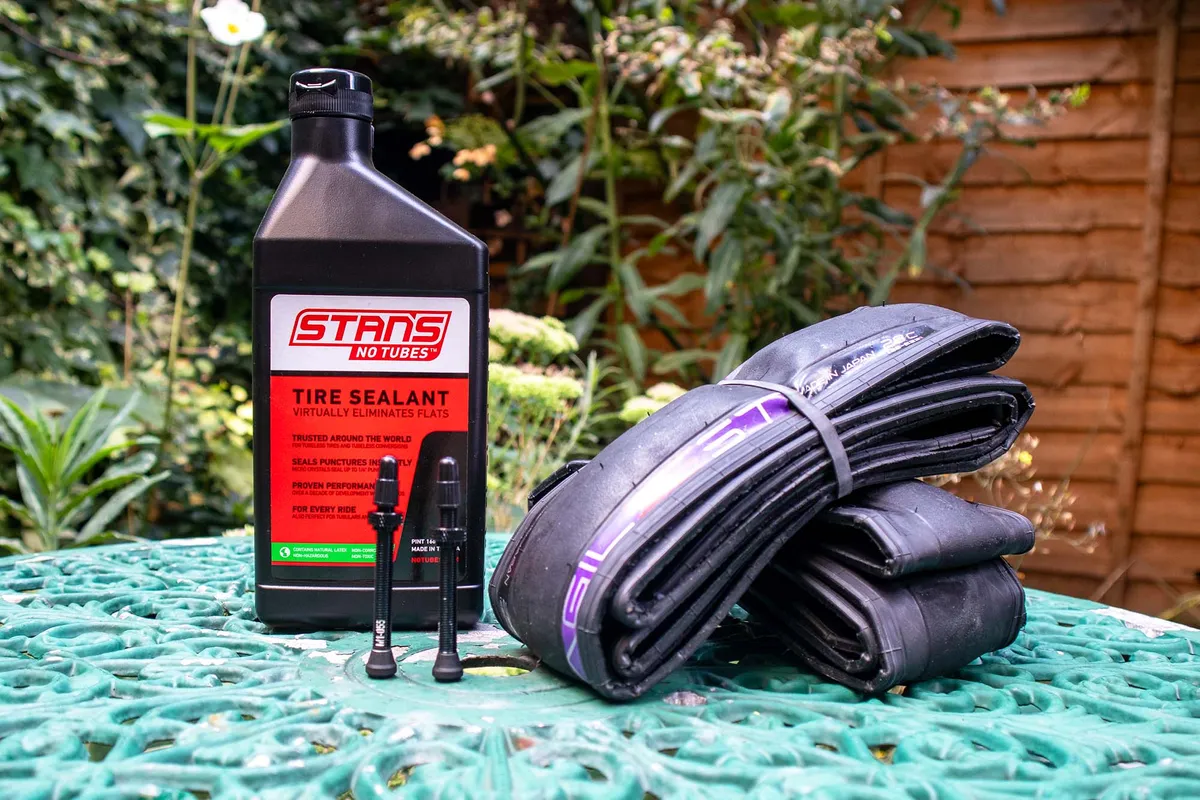
In principle, the technology is straightforward and well-known: a tubeless tyre requires no inner tube, and once ‘seated’ on the rim, it creates an airtight seal, with tubeless sealant plugging any small – and possibly staple-sized – holes.
The advantages of this technology are severalfold. With no inner tube to puncture and sealant to plug any small holes, the chance of a tubeless system flatting is theoretically smaller than a tyre paired with an inner tube. Added to that, you can run lower tyre pressures and tubeless setups may have lower rolling resistance.
It was with these thoughts in my head that I decided to switch from using inner tubes to tubeless.
So, once I’d gathered the requisite parts – tubeless road tyres, sealant and CO2 canisters – I rolled up my sleeves, loaded up BikeRadar’s guide to setting up tubeless road tyres, and got to work.
I removed the wheels from my bike, deflated the tubes and stripped off the tyres. I then popped the tubeless valves into the rims, slipped one side of the Panaracer Agilest tyres I nabbed from the office onto the wheels, and methodically began to snap the other side on.
Because my track pump doesn’t have a secondary chamber to build up pressure to give one huge blast of air to seat the tyre onto the rim, I removed the valve core to get more air into the void as fast as possible.
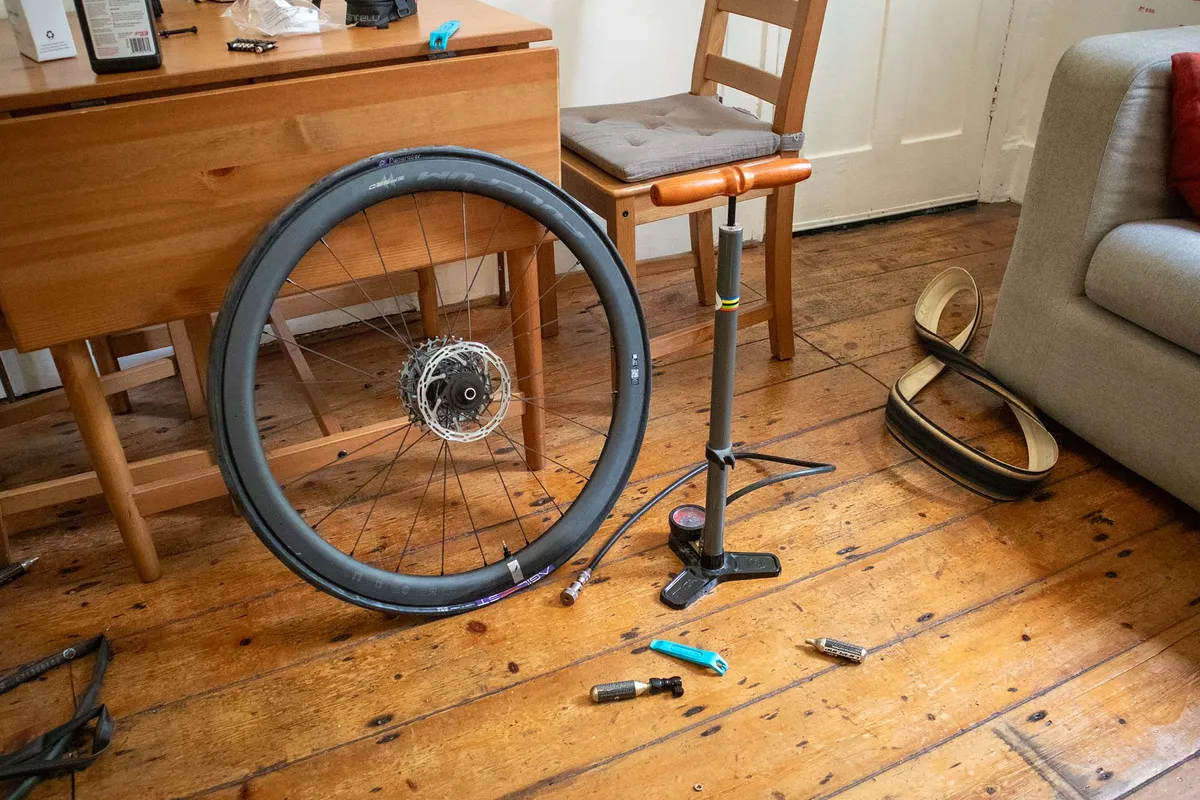
I saw the tyre begin to rise but quickly realised that however hard I pumped, it wasn’t going to jump onto the rim.
I resorted to using a CO2 canister. Tea towel in hand, protecting me from the chill of the canister, I let it rip and ping, I heard the tyre fall into place on the rim. I watched the semi-inflated tyre fall to flat, once again.
I then tried another method. I inflated the tyre with an inner tube to seat it, deflated it to remove the tube, careful to only unseat one side of the tyre. I then re-installed the tubeless valve and unleashed another canister to see if I could get that all-important, air-tight seal before squirting in the tubeless sealant.
But, by this point, you can probably guess what happened. The seal was elusive, and with canisters covering the floor like a teenage party, my eyes fell on the discarded inner tubes I’d left amongst the mess.
It’s better the devil you know – at least for me, the mechanically inept.
Ridley Noah Disc Essential update three
A new set of wheels
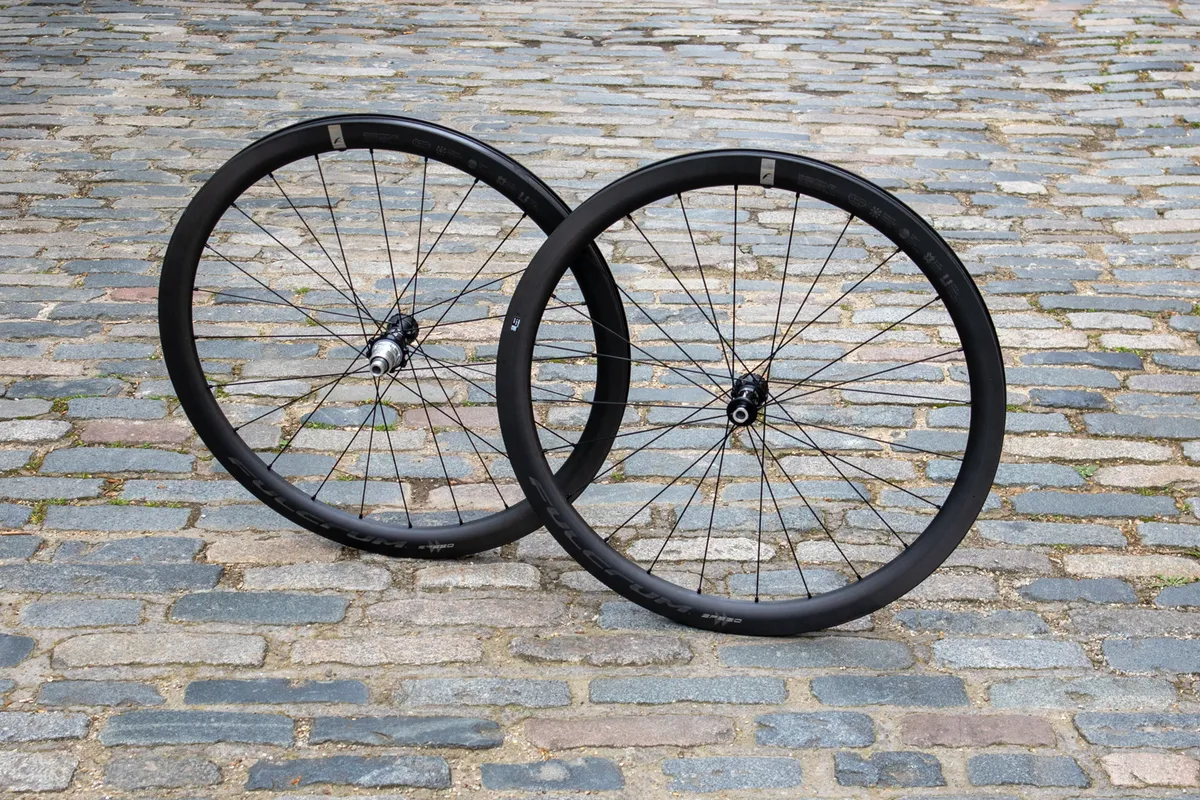
There has been one significant change to my Ridley Noah Disc Essential since my last update: a new set of wheels.
The wheels were an obvious upgrade. With a depth of 38mm and claimed weight of 1,535g, the stock Forza Levanto DB didn’t really seem to match the go-fast intentions of this bike.
Something a bit deeper and a bit lighter seemed an appropriate fit, bringing the Ridley’s overall weight and aero potential more in line with some of the other best road bikes around the same price point.
Fulcrum’s new Speed 42 wheels struck me as a good fit thanks to their depth, claimed aerodynamic advantages and lower weight.
While the Fulcrum Speed 42 wheels aren’t drastically deeper than the Levanto wheels at – as the name suggests – 42mm, they have an internal rim width that's wider by 4mm at 23mm.

The wider internal rim width should improve handling and comfort, thanks to a larger contact patch between the tyre and whatever pot-holed British road I take on.
I’m yet to get them on the scale, but the claimed weight of the Fulcrum Speed 42 wheels is 1,410g, which is 125g less than the Levanto DB wheels. That’s not a huge difference, but I’ll take it.
Elsewhere, the hubs are said to create less aero drag than the hubs used on the Fulcrum’s previous carbon road bike wheels. This is thanks to flanges that are 40 per cent smaller and a central body that has reduced in size by 10 per cent.
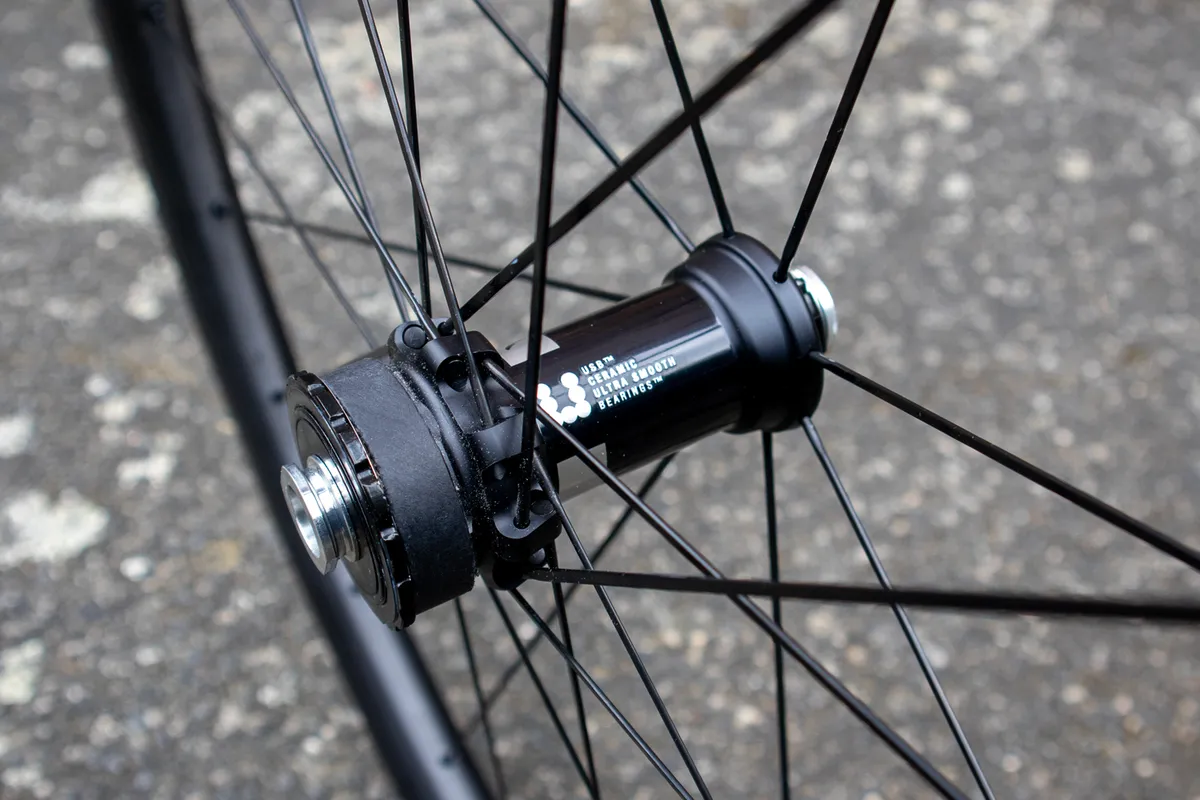
Unfortunately, but maybe unsurprisingly, Fulcrum hasn’t provided any information on what this reduction in drag amounts to out on the road.
Inside the hubs, there are ceramic bearings. Fulcrum says these provide “unparalleled levels of smoothness”.
From wide internal rim widths to the choice of bearings, the Fulcrum Speed 42s promise much of what is said to offer the best performance – and has become most desired – in modern road bike wheels.
So, how do they ride?

What do all these tech features, which you are reminded of thanks to laser etching on the rims, amount to?
I’m yet to reach a final verdict, but my initial impression of these wheels is that they offer a smooth and encouraging ride, which should be expected given the £1,999/$2,692/€2,265 price tag.
The freewheel ratchet system offers a 10-degree engagement angle, providing a quick increase in pace. When you do reach speed, the wheels feel as if they're gliding along.
The quick acceleration and smoothness of the wheels have baited me to try pushing the pace, sprinting around Regent’s Park, the weekday training ground of many London cyclists.
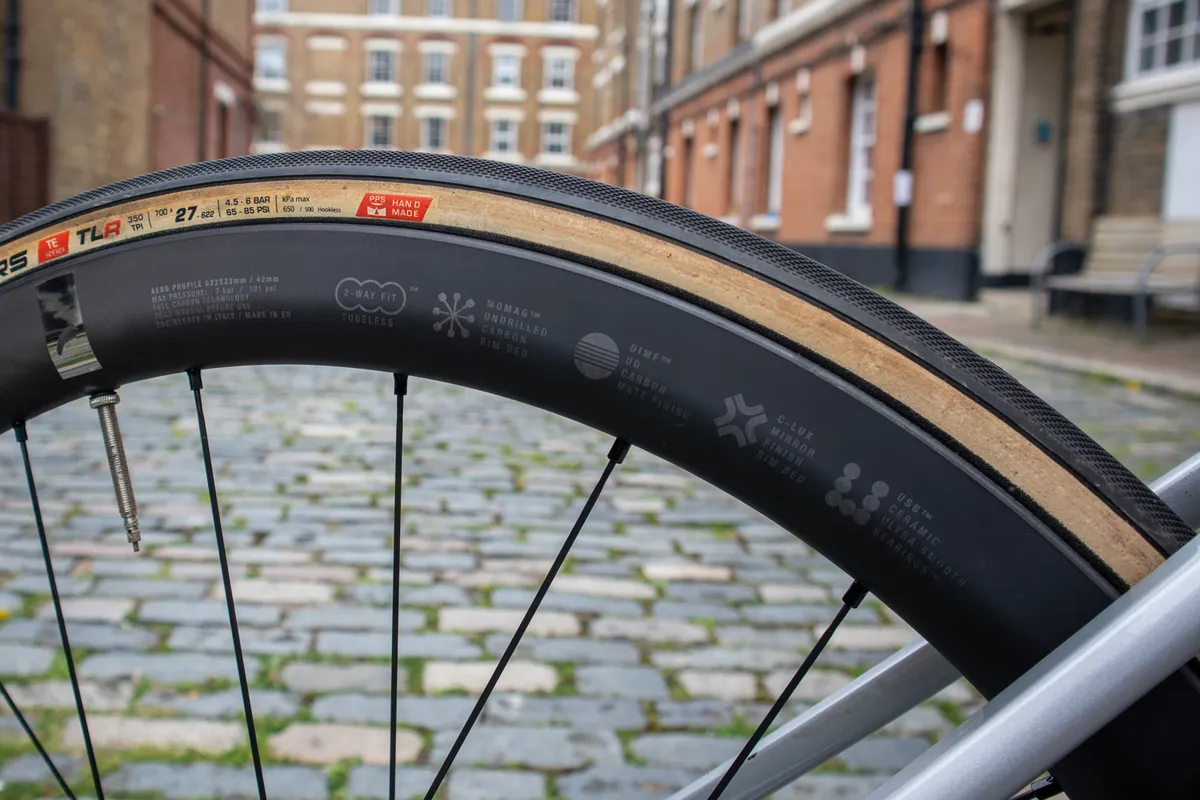
Doing this, I’ve been impressed by how assured the wheels feel, with no noticeable flex.
Heading downhill, the wheels track well and I’ve felt confident throwing them into bends.
The downside to all this is I've found the wheels to be a bit uncompromising at times. Their stiff and responsive nature has proved less appealing on rougher roads, especially when I’ve been out for a longer ride, feel fatigued and frankly want to get home.
The Ridley Noah may also play a part in this. After all, this isn’t an endurance bike. Its origin story is being created as a sprinter’s bike for Caleb Ewan, and while it has since evolved into an ‘all-rounder’, the Noah Disc Essential still feels like a pretty uncompromising race bike.
Moving forward, I’m going to see what effect running these wheels with a lower tyre pressure will have, which I’ll likely report on in a full review.
Ridley Noah Disc Essential long-termer update two
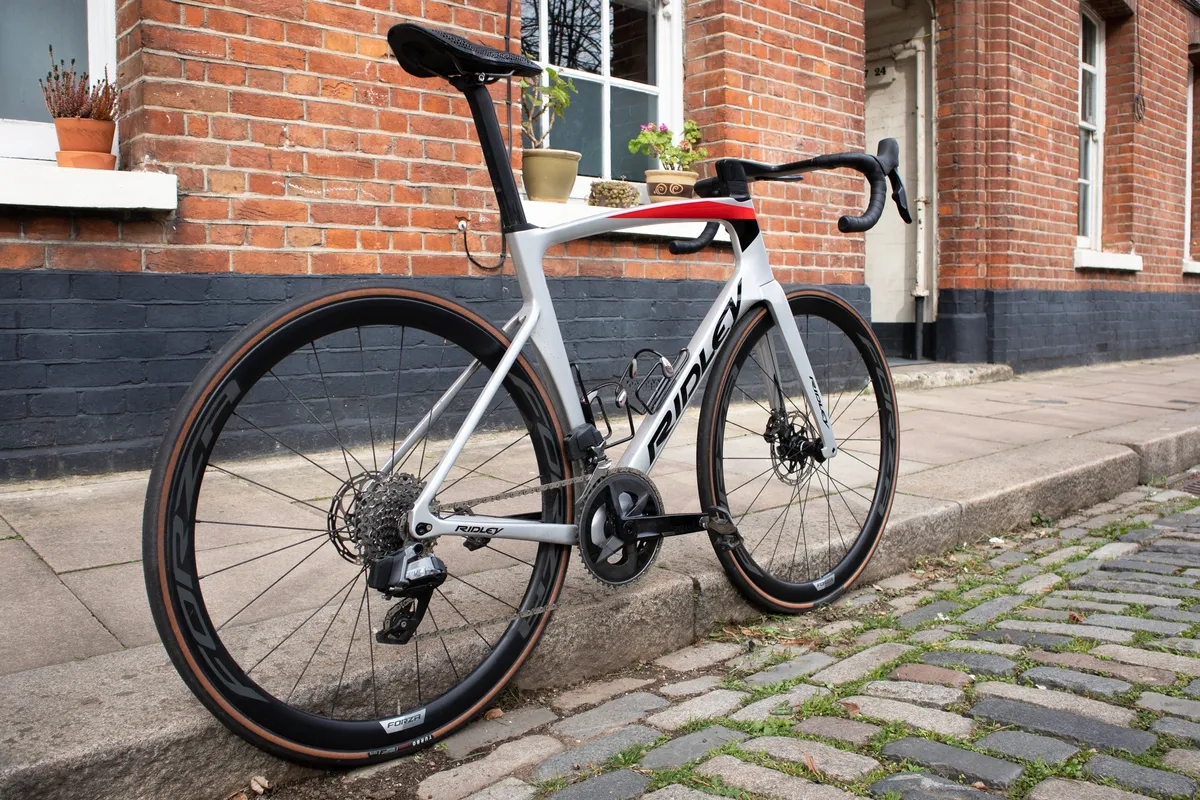
Since my previous long-termer update, my time has been mostly taken up with moving from Bristol back to London, where I used to live pre-pandemic.
Between packing and unpacking boxes, re-finding my bearings and dealing with an incredibly busy start to the year here at BikeRadar, little has changed with my long-termer.
But I have spent more time getting used to – and thinking about – the Noah and its componentry, as well as how your experience of a bike so often depends on where you ride it.
Goodbye Bristol, hello London
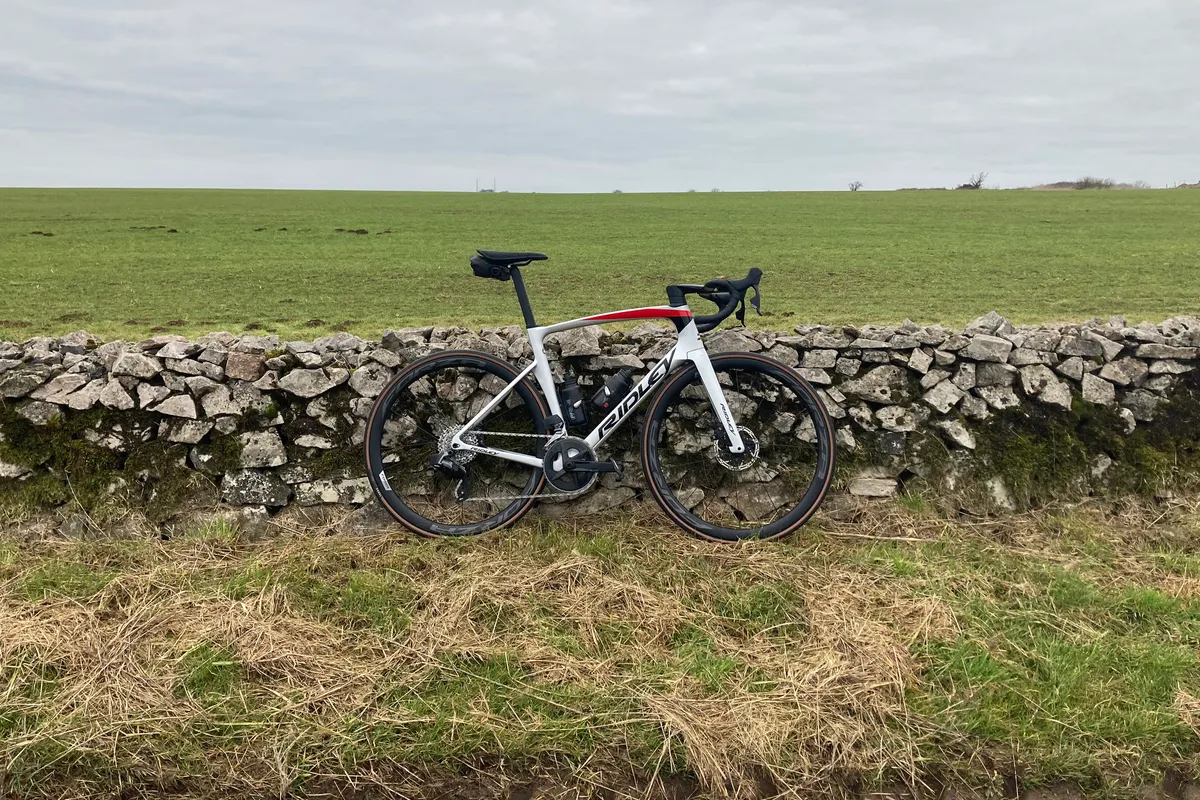
My final ride in Bristol on the Noah was a loop up and over the limestone hills of the Mendips just south of the city.
I’ve ridden in the Mendips countless times over the last few years, growing ever more familiar with the rolling ‘foothills’, steep inclines and often bleak, bucolic landscape.
There’s something about the Mendips which feels almost miniature. The climbs and roads are like scaled-down versions of those in nearby south Wales. Cheddar Gorge is picturesque if not toy-townish, with its gift shops, cafes and hubbub of cars and climbers scaling the valley like the backdrop to a model railway. Even the military shooting range feels twee.
This, however, doesn’t mean I haven’t felt like I’ve died a thousand deaths ascending and descending this Area of Outstanding Natural Beauty, on golden summer evenings and horrid winter mornings with riding companions too fit for their own good.
Riding in this landscape was part of the inspiration behind getting the Ridley Noah Disc Essential as a long-termer. I wanted something that would prove fast to get out and return to the hills with the spriteliness to carry me over them. But, if I’m honest, the Noah has proved more fun to ride now I am in London.
While many cyclists may think of riding in and around the UK’s capital as a total waste of time – it can take a good 40 minutes' riding before you’re anyway remotely rural – I love it.
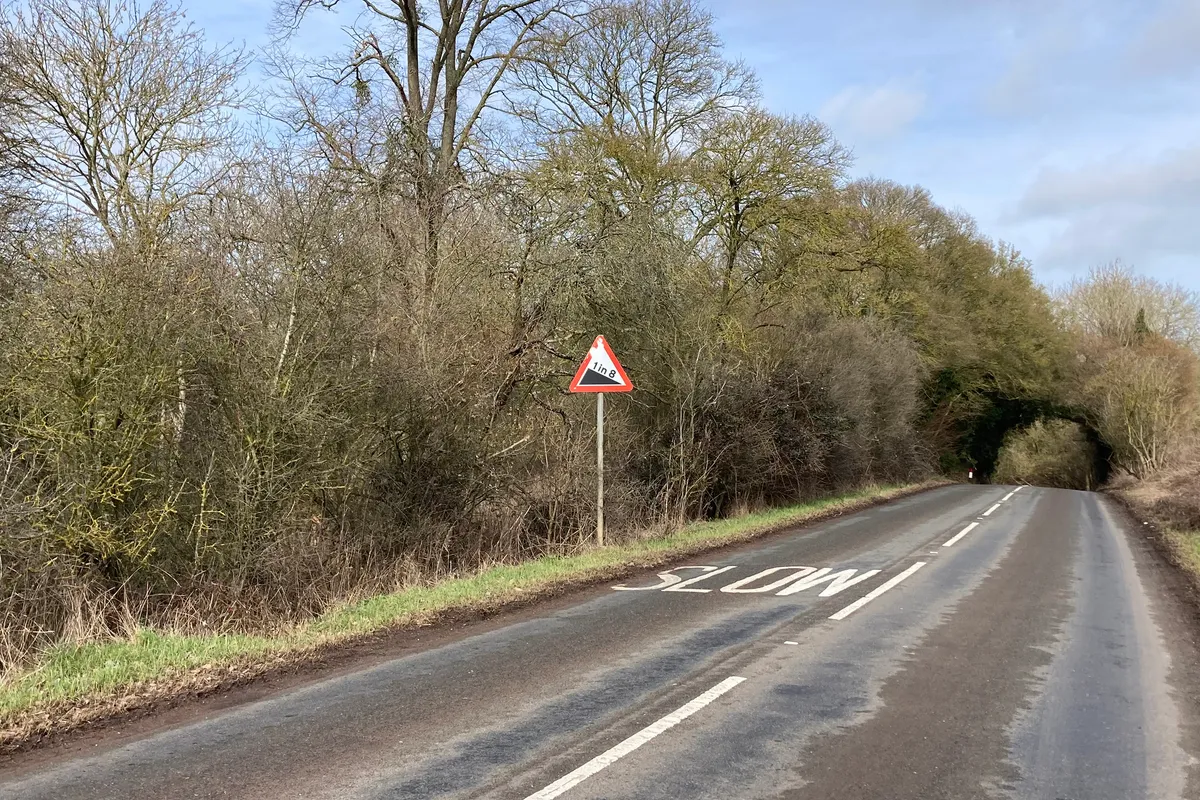
There’s nothing quite like learning how one area links to another and having a city that can feel overwhelmingly big turn into a traversable playground. Weaving through traffic and bombing through busy streets goes, I think, some way to explain why crit racing is popular here.
Trading an expanse of fields for cluttered roads may seem unattractive, but often I feel at odds with my surroundings in the countryside. In and around the Mendips, and particularly during election seasons where placards would be out on display, sometimes I’d feel like it wasn’t really a place I’d feel at home should my average speed drop to nought.
This may strike you as an odd thought, but if riding a bike is a means to discover the world around you, surely not all those discoveries will inspire wanderlust.
The Noah has proved more fun in my new home because of its racing heritage. The short wheelbase, snappy handling and fast acceleration have made flying through traffic and cycling around Regent’s Park (a London cycling hot-spot) heaps of fun.
Along with my riding in the city, trips outside of town have also flattered the Ridley. The flat, fast roads of Essex make riding the Noah a blast – even if they also help me avoid confronting some aspects of the Noah’s performance.
As I found in the Peak District, and at times in the Mendips, this bike isn’t the greatest of climbers, despite Ridley saying it has morphed from a sprint bike into more of an all-arounder.
Is this a shortcoming? Possibly. But is it a shortcoming for me right now? No. So often, the enjoyment of what you ride depends on where you ride. It just happens my natural habitat has aligned with my bike’s.
SRAM Rival eTap AXS
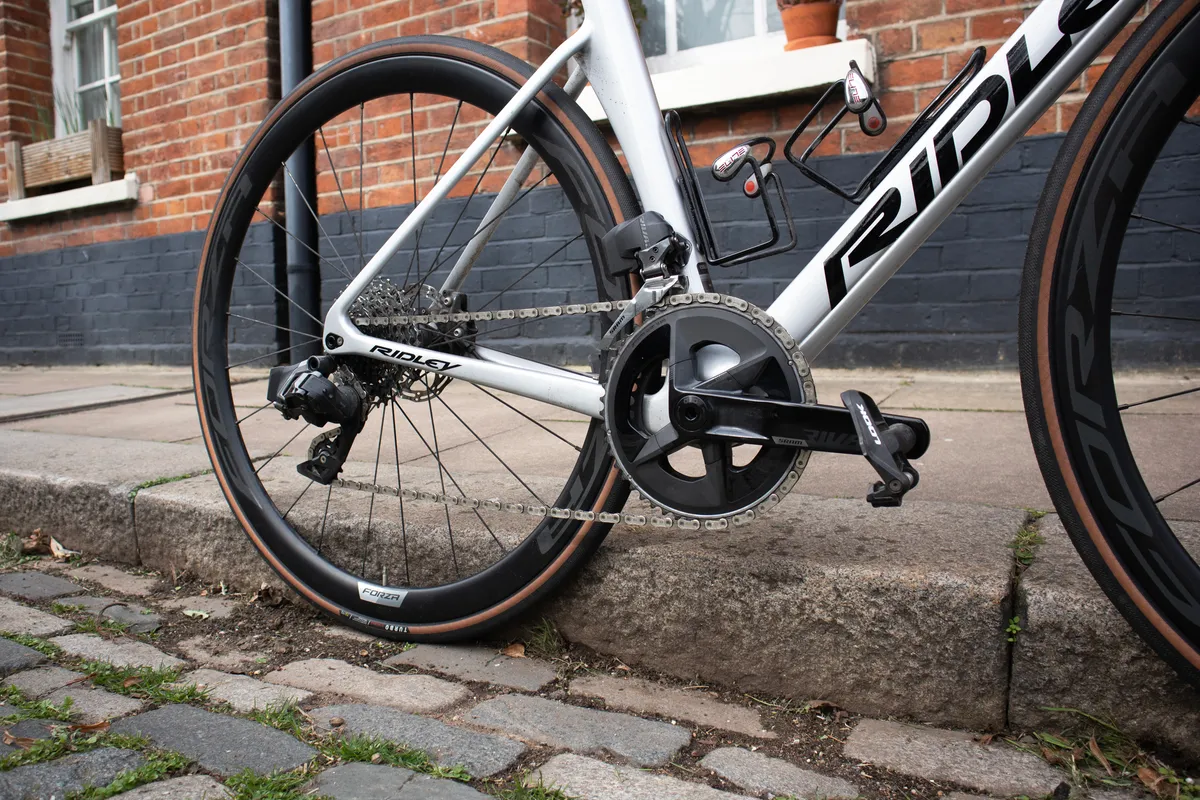
I’ve spent a lot of time thinking about the bike’s SRAM Rival eTap AXS groupset.
I initially had some scepticism towards the groupset, with its unfamiliar gear ratios, different braking feel and the requirement to charge batteries – a novelty for a rider like me, who's yet to make the change to electronic groupsets fully.
Some of that scepticism remains, yet it has dwindled in other areas.
I’ve grown to appreciate the shifters and shifting ergonomics. Pressing one button moves the cassette up a gear, and pressing the other moves it down a gear. Press them in tandem and the front derailleur shifts from whichever of the two chainrings it was previously in.
This feels more refined and elegant than Shimano Di2, which has two buttons on each shifter to operate either the front or rear derailleur. SRAM’s choice to use the power of electronics to eliminate the need for more buttons shows Di2’s gear shifting up to be a cable-actuating skeuomorph.

I do, though, find the shifting to be on the slower side with Rival eTap AXS. It’s funny how even an extra split second, as a small drill sounds from somewhere below your legs, can be a nuisance when you really need that easier gear.
However, Liam Cahill says this is something SRAM has improved with the new Force AXS groupset, so maybe we can expect faster shifting with the next generation of Rival.
One thing I have grown used to, rather than fully embraced, is the steps between the gears. Jumping back on my Cannondale CAAD12 with its 11-28 cassette, I remembered how much I appreciate smaller integers between gears. This brings less noticeable changes in cadence and sometimes speed, even if there have been times when I’ve been incredibly grateful to have the wide-spread SRAM Rival cassette.

Moving back to my Ultegra-equipped CAAD12 also made me reflect on how I’d grown accustomed to the on-off feel of the Rival disc brakes. I thought the Ulterga brakes weren’t biting enough at first, but I soon re-learned the value of greater modulation in a lever pull, providing finer control over stopping.
These points aren’t really criticisms of SRAM Rival eTap AXS, they are more observations that what you ride affects how you ride.
I can see the appeal and ease of electronic shifting, and truly appreciate much about the Rival groupset. However, my time riding with it and going back to my humble, mechanical gears, has tempered my excitement about electronic groupsets displacing cables. But maybe you can challenge me on that next time I have to index my gears.
Ridley Noah Disc Essential long-term review update one

I hoped the Ridley Noah Disc Essential would inspire me to find my pace again, and my fitness. The sleek lines, the promise of aero gains, and simply the potential of a modern, carbon road bike suggested the Ridley was just the ticket to help me achieve those ambitions.
However, since I wrote my report in mid-November 2022, a busy end of the year at BikeRadar, plenty of Christmas socialising and catching up with people meant, I’m afraid, that I did little riding before the Christmas break. And then I was hit by a double-whammy: flu and a respiratory infection.
From there, I spent much of my time off over the festive season wrapped up in bed. If trips to the kitchen were leaving me with shivers, there was no way I could venture outside, let alone ride my bike.

As a result of this, my Ridley was left largely untouched until the new year when riding became possible again, although getting back into the rhythm of riding posed challenges.
Healthy habits can help establish new routines as part of your training plan, but you also don’t want to find yourself struggling for breath, empty and cold on some remote roadside in the aftermath of illness.
I’m sure I’m not alone in struggling with returning to cycling and fulfilling those cycling resolutions. Many of the BikeRadar team were hit by illness over the Christmas period (I blame the work party) and, here in the UK, there has been a surge in flu cases.
This all meant that my first ride back was a slow, 48-minute rumble, out from my home in south Bristol, over Belmont hill and back. I’d had intentions of going further, but watching someone roll past me on a mountain bike as I crested Belmont made me realise this was too ambitious.
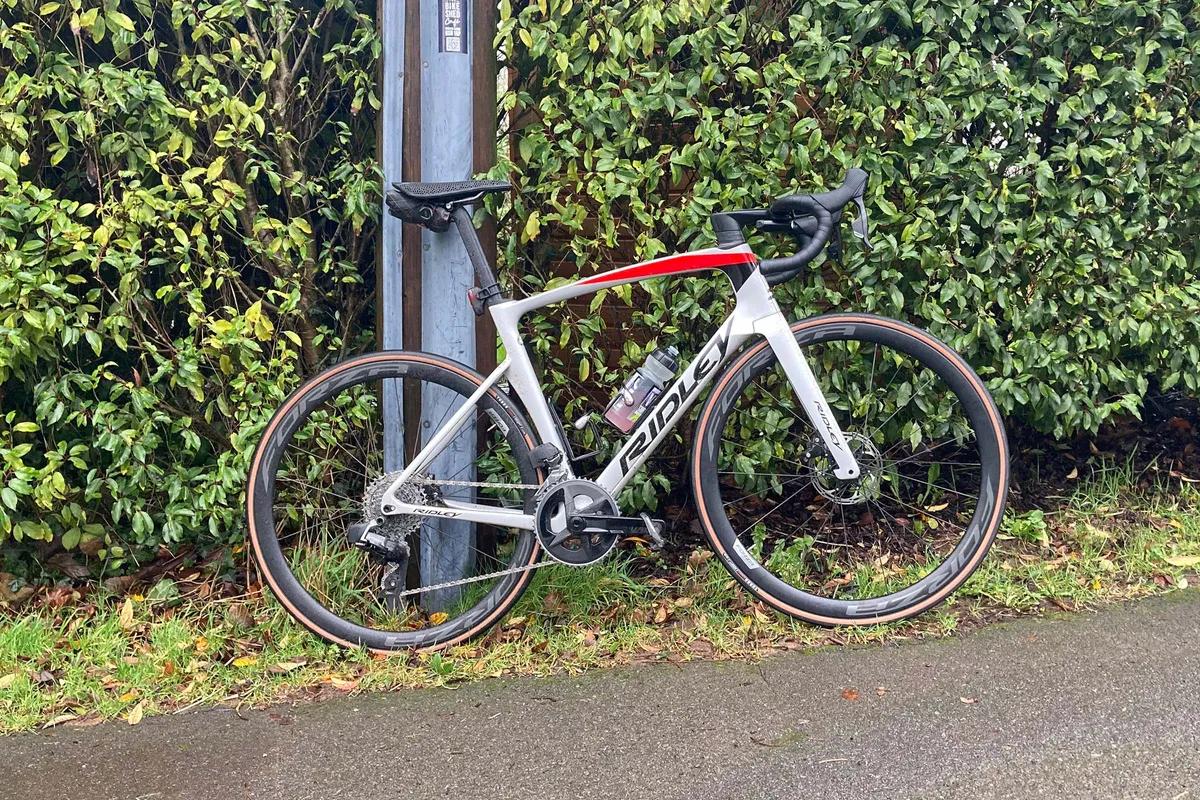
It reminded me of when I had Covid earlier in the year. When I returned to cycling, I watched my heart rate climb ridiculously high on the slightest incline. At the time, my health was a concern, but I was more frustrated than anything – I felt ridiculously far from long adventures, audaxes and fast rides.
The following weekend, I felt more capable but still apprehensive about riding. An invite from my dad to go for a ride with him and his mates inspired me to get my kit on. A 50km ride in social company with a septuagenarian seemed like something I could do.
I may sound like a terrible son, but I peeled off after my dad got a puncture – please get some winter road bike tyres, dad – because I didn’t want to get dangerously cold, and zoomed home. It was sunny in the way only January can be, with rain clouds rolling over the landscape and a tailwind pushing me home, urging me to pedal harder.
Wet and mud-splattered, I was cold but exhilarated. Crashing out on the sofa, I had an endorphin rush similar to what I used to feel after a five-hour epic. The rest of the day melted away in the way they do when your body is recovering from hard work. I was back with a distant feeling.
Easy riding
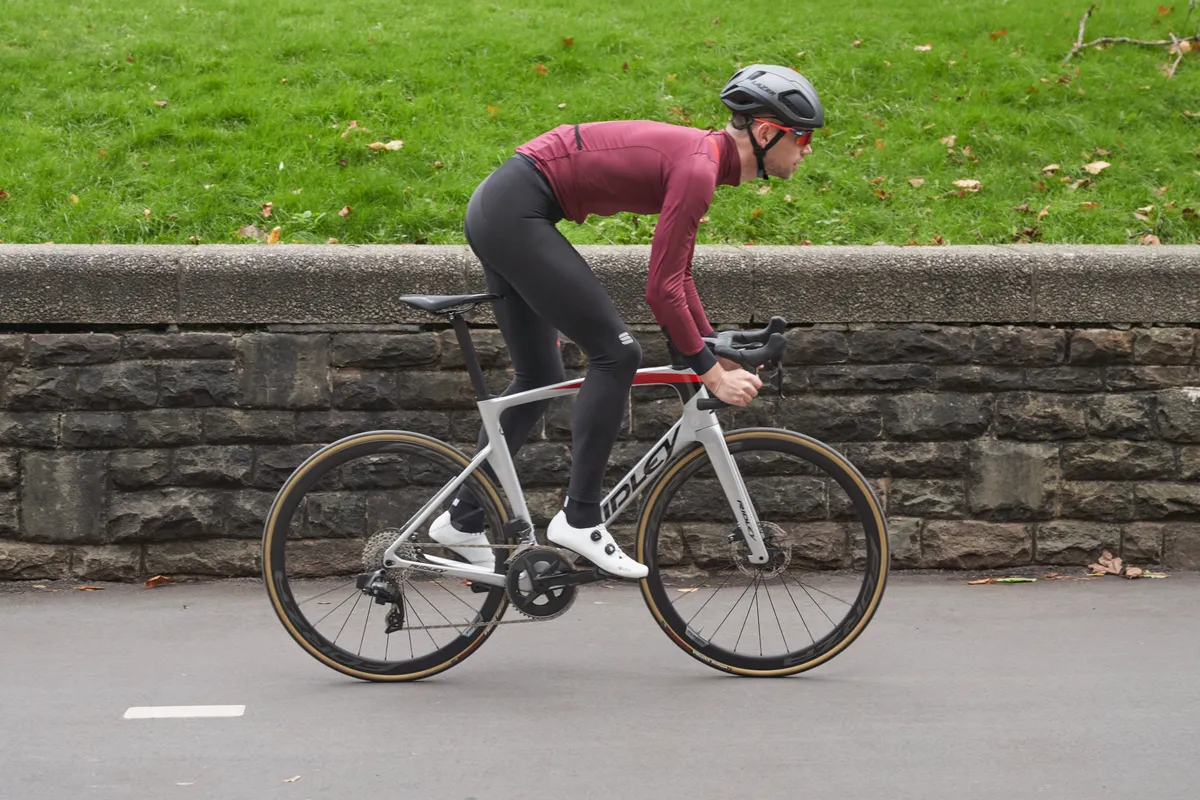
Through my wrestling with health and riding, the Ridley Noah Disc Essential has continued to impress me.
The bike’s geometry and my position on it have made for easy riding. I’ve been particularly grateful for this in recent months.
While the stretched, aggressive position of a fully-fledged aero road bike may be appealing, the slightly more relaxed setup of the Noah has meant I can jump on the bike without having to remember how to contort my body into a wind-cheating wedge.
Once I get back in the habit of riding I may play with the position, but currently, I don’t feel the need.
An annoyingly good 3D-printed saddle

While I may not have been riding as much as I hoped in recent months, it hasn’t stopped me from making a few changes to the Ridley.
In my first report, I said how I wasn’t getting along too well with the Selle Italia saddle.
As a result, this was one of the first things I changed on the bike, switching over to a Fizik Argo Adaptive saddle.
For no particular reason beyond familiarity, I’ve ridden Fizik saddles for a number of years. Last year, I switched from a battered Fizik Antares to the Fizik Argo 00, intrigued by the trend for short-nose saddles.
I’ve opted to fit the Ridley Noah with the Fizik Argo Adaptive R3, which has the same shape as the Argo 00 but 3D-printed padding.

3D-printed saddles have risen in popularity over recent years, and even the Victoria & Albert Museum’s Rapid Response collection has acquired one. This collection puts objects on display far quicker than the typical acquisition and accessioning process of museums allows, in response to trends, social events and more.
According to the museum, it acquired the 3D-printed saddle because it presented a solution to the discomfort women can find with conventional saddles.
The museum says the unisex saddle “marks an important change in emphasis for high-performance design, where women, their bodies and needs were the starting point” for the product.
While I’m obviously not riding the same saddle as the one in the V&A, I have found the Fizik to be annoyingly good. The 3D-printed structure can feel odd at first, but after a short while, it just feels incredibly comfortable. The annoyance relates to the price. At £260 / $260 / €259, it’s a shame comfort comes at such a cost.
People seem to talk regularly about 3D printing getting cheaper, but this doesn’t seem to have happened in the world of bike saddles, at least.
Specialized S-Works Turbo 2BR
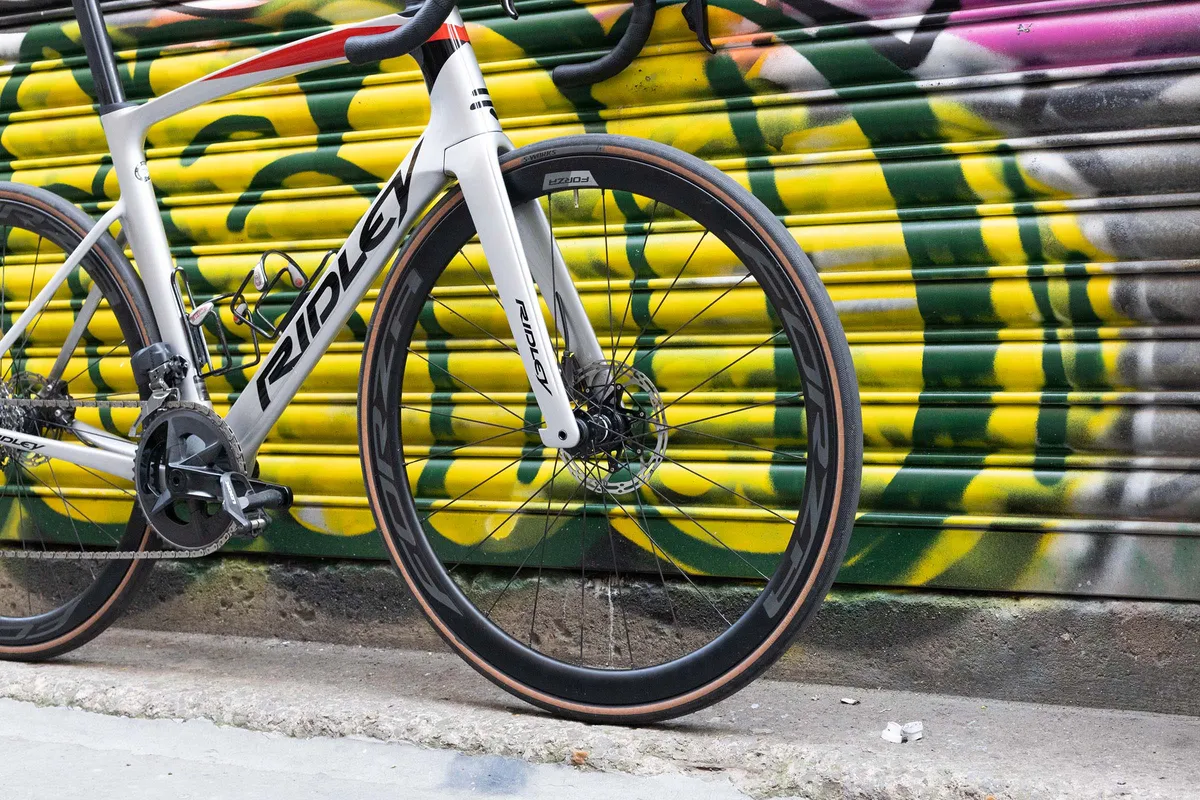
I’ve also switched from the Vittoria Corsa G2.0 tyres to Specialized S-Works 2BR road bike tyres.
The tyres are billed as a race tyre designed for all-season use, so they seemed well-suited to my aspirations with this bike.
Specialized claims the 2BR tyres are its “fastest, most durable performance tyre”. They are said to be 8 per cent more durable and 3 watts faster per tyre than its predecessor.

I haven’t subjected the tyres to any rigorous testing yet, but I can say they have remained puncture free on obstacle-littered winter roads, while feeling more supple than some other tyres designed for winter road riding.
I’m intrigued to see how the tyres hold up and whether the claimed average lifetime of 6,000km stacks up. Although, maybe I’ll have to see things go on my road to recovery and return to regular riding.
Ridley Noah Disc Essential specification and details
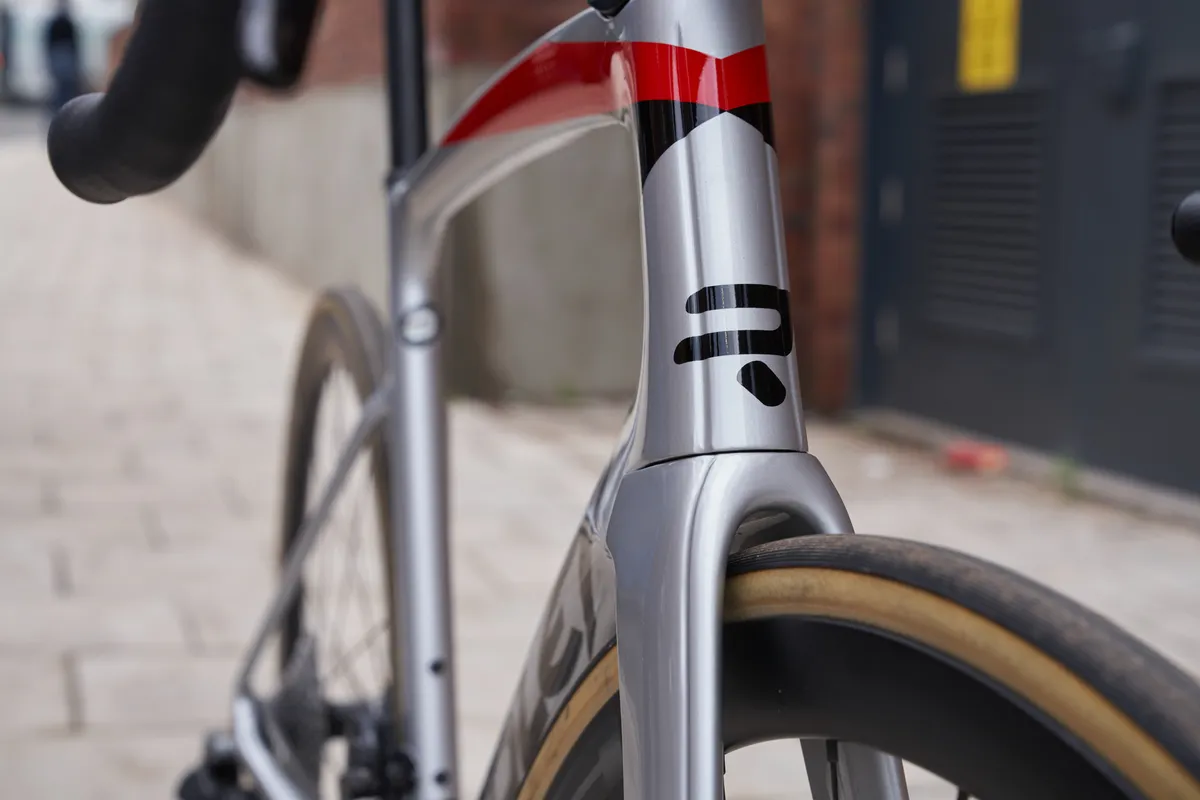
The Ridley Noah Disc Essential’s carbon fibre is made by Japanese manufacturer Toray.
Ridley has used 24T and 30T carbon for this Essential version of the bike. This requires more layers than the 50T and 60T carbon used on the Elite version to achieve the stiffness Ridley desires, which leads to the increase in weight.
As already noted, the Noah Disc Essential has many of the same aerodynamic features as the more expensive Noah Fast.
Ridley has used its proprietary F-Steerer steerer tube. The tube’s D-shape enables Ridley to run all hoses internally, through the one-piece aero handlebar and into the frame. The brand says this provides an aero advantage as well as looking sleek.
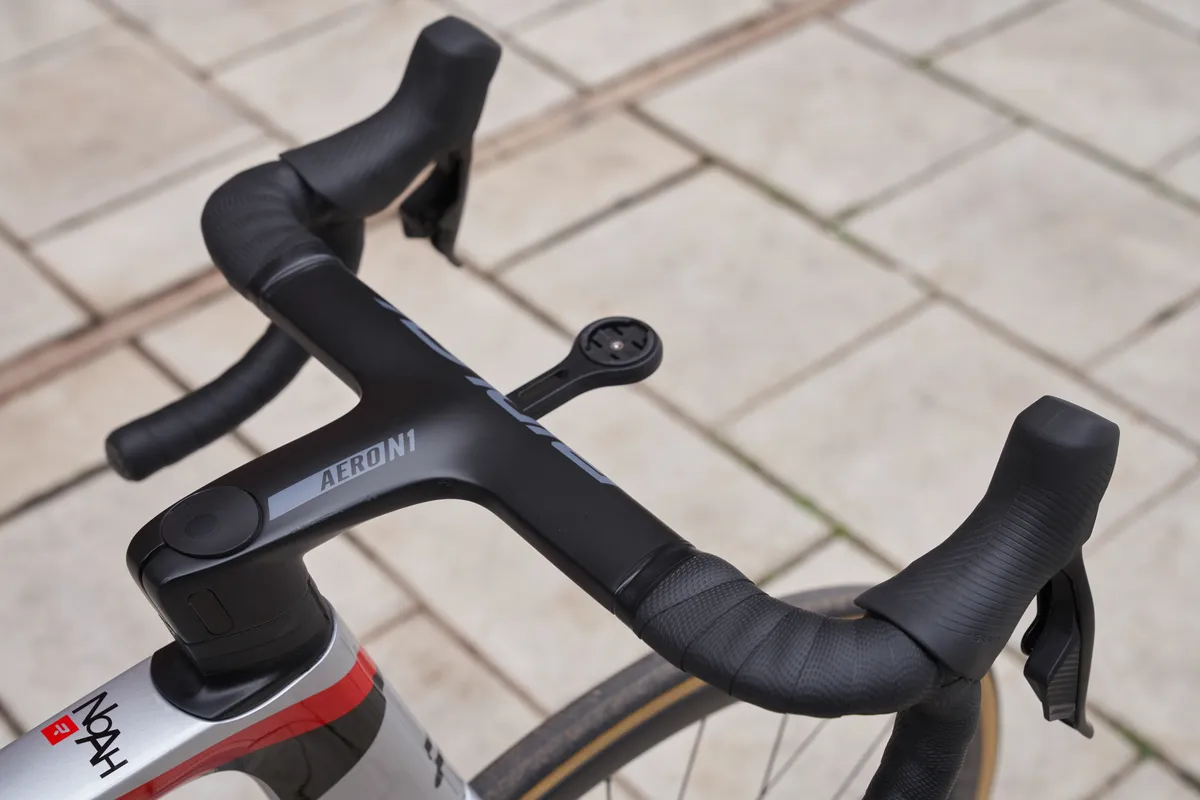
There is a D-shaped seatpost, which is said to increase comfort and improve the bike’s aerodynamic efficiency compared to a round one.
Compared to the Ridley Helium climbing bike, with its oval-shaped tubing, the Noah has truncated aerofoil shapes. Ridley says the bike’s carbon tubes are optimised to balance aerodynamic efficiency and low weight.
For further aerodynamic gains, the tubes have Ridley’s ‘F-Surface Plus’, which consists of grooves running along front-facing parts of the bike.
Elsewhere, there are ‘F-Wings’ at the bottom of the fork. These are said to streamline turbulent air around the front wheel’s hub and are similar to the design Pinarello adopted on the Dogma F.
The bike has a chunky bottom bracket area and oval seatstays, which Ridley says helps with power transfer.
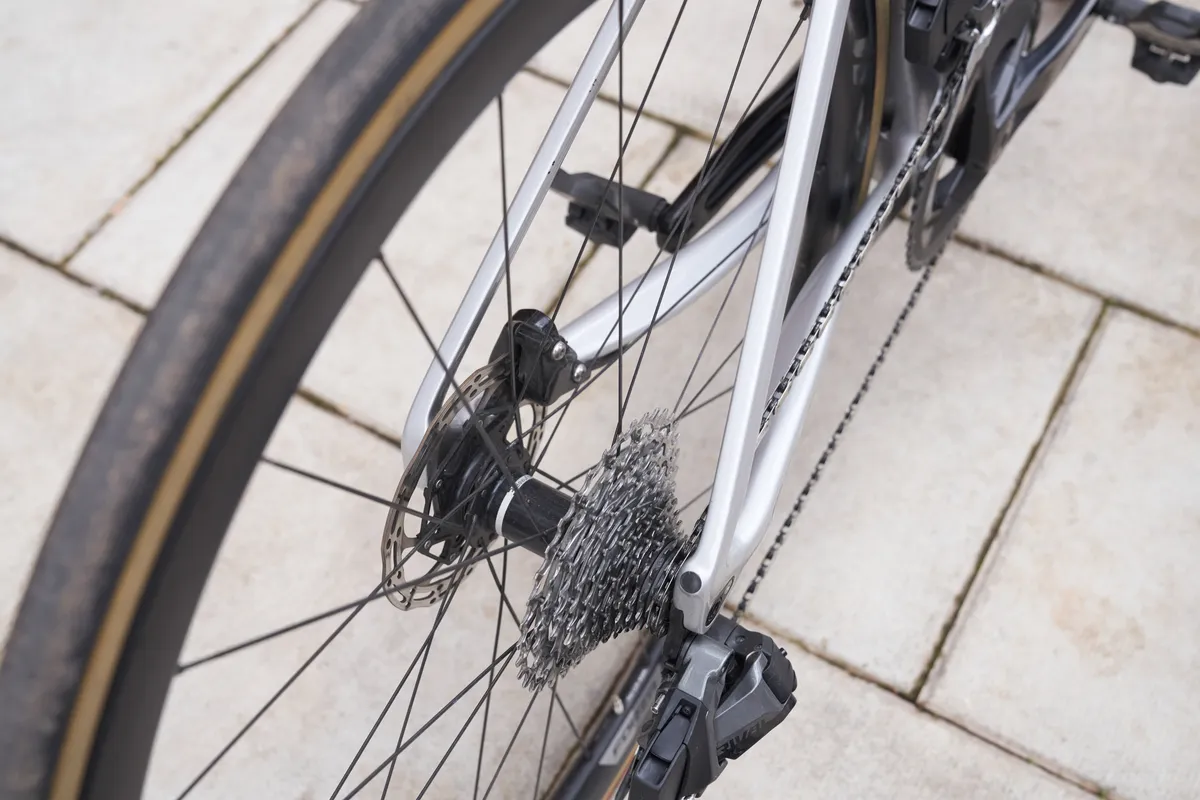
To unlock the ‘all-rounder’ epithet, it isn’t all aerodynamics and power transfer. Ridley says the seatstays use oval tubes to provide vertical flex to minimise vibrations coming through the bike.
While the bike is available with a variety of different bike parts, this version is built with a SRAM Rival eTap AXS groupset. The groupset has 48/35t chainrings and a 10-36-tooth cassette.
The bike has carbon wheels from Ridley’s in-house brand Forza wrapped in 25mm Vittoria Corsa G2.0 tyres.
Ridley Noah Disc Essential full specification
- Sizes (*tested): XXS, XS, S, M*, L, XL
- Weight: 8.41kg
- Frameset: Ridley Noah Disc Essential
- Shifters: SRAM Rival eTap AXS
- Derailleurs: SRAM Rival eTap AXS
- Cranks: SRAM Rival, 48/35t
- Wheelset: Forza Levanto DB carbon, 38mm deep
- Tyres: Vittoria Corsa G2.0, 700x25mm
- Brakes: SRAM Rival hydraulic disc
- Cockpit: Noah Fast Aero one-piece carbon handlebar and stem
- Seatpost: Ridley D-shaped carbon
- Saddle: Selle Italia XR
Ridley Noah Essential geometry
| Size | XXS | XS | S | M | L | XL |
|---|---|---|---|---|---|---|
| Seat tube angle (degrees) | 74.5 | 74 | 73.5 | 73 | 72.5 | 72.5 |
| Head tube angle (degrees) | 71.5 | 72 | 73 | 73.5 | 73.5 | 74 |
| Chainstay (mm) | 405 | 405 | 405 | 405 | 408 | 408 |
| Bottom bracket drop (mm) | 68 | 68 | 66 | 66 | 63 | 63 |
| Seat tube (mm) | 430 | 455 | 480 | 505 | 530 | 555 |
| Top tube (mm) | 512 | 526 | 545 | 565 | 587 | 603 |
| Head tube (mm) | 95 | 117 | 140 | 164 | 194 | 218 |
| Wheelbase (mm) | 969 | 975 | 977 | 987 | 1,007 | 1,017 |
| Stack (mm) | 493 | 516 | 541 | 565 | 591 | 616 |
| Reach (mm) | 375 | 378 | 385 | 393 | 401 | 409 |
Ridley’s bike sizes run large, so while I would normally ride a large (or 58cm) frame, my Noah Disc Essential is a medium.
The top tube on the medium frame is 565mm and the head tube is 165mm. These measurements are a tad longer than other medium frames and practically the same as the M/L Giant Propel Advanced SL 0, for instance.
The sloping top tube leaves plenty of seatpost exposed, which should aid comfort.
The head tube angle is 73 degrees and the seat tube angle is 73.5 degrees. This is slacker than some aero road bikes and should point towards the bike’s ‘all-round’ potential.
Having said this, the chainstays are short at 405mm and the wheelbase is 987mm. So this bike should retain a snappy ride feel in homage to its sprinting roots.
Why did I choose this bike?

I have ridden the same aluminium Cannondale CAAD12 Disc since I bought it in 2018.
In the last four years, a lot has changed with the best road bikes. My CAAD12’s exposed cables, two-piece cockpit, mechanical groupset, high seatstays and long top tube are outdated.
I chose the Ridley Noah Essential because it has many of the modern features my CAAD12 does not and to which I’ve had limited exposure.
I’ve ridden electronic groupsets but never lived with them, and the same can be said about carbon-framed road bikes.
I know integrated handlebar and stem setups pose problems for maintenance, but is this really that much of a concern?
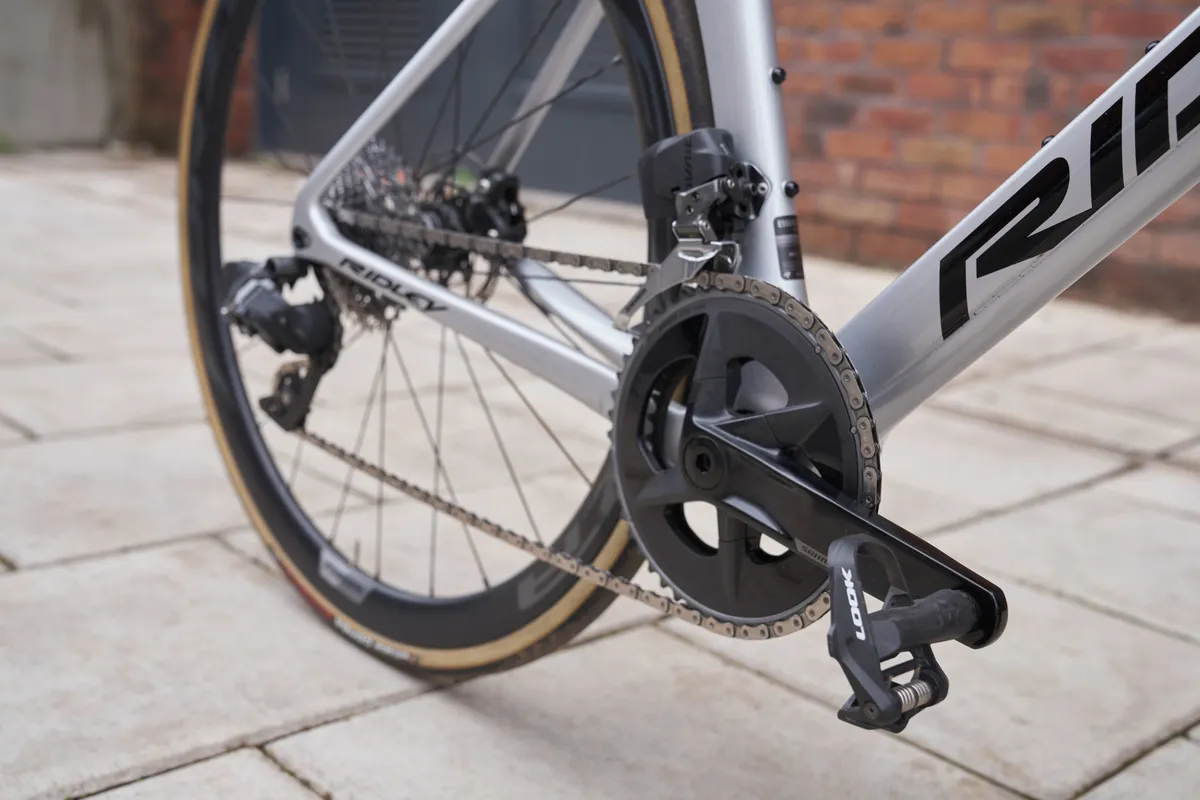
There is the matter of many road bikes being prohibitively expensive. When the Ridley Noah Essential launched, I was immediately intrigued by it being framed as a more affordable version of a top-level race bike.
The price tag is still a lot more than what I paid for my CAAD12, but prices have risen sharply across the cycling industry (and wider economy) in recent years, so it’s hard to make direct comparisons to past prices these days.
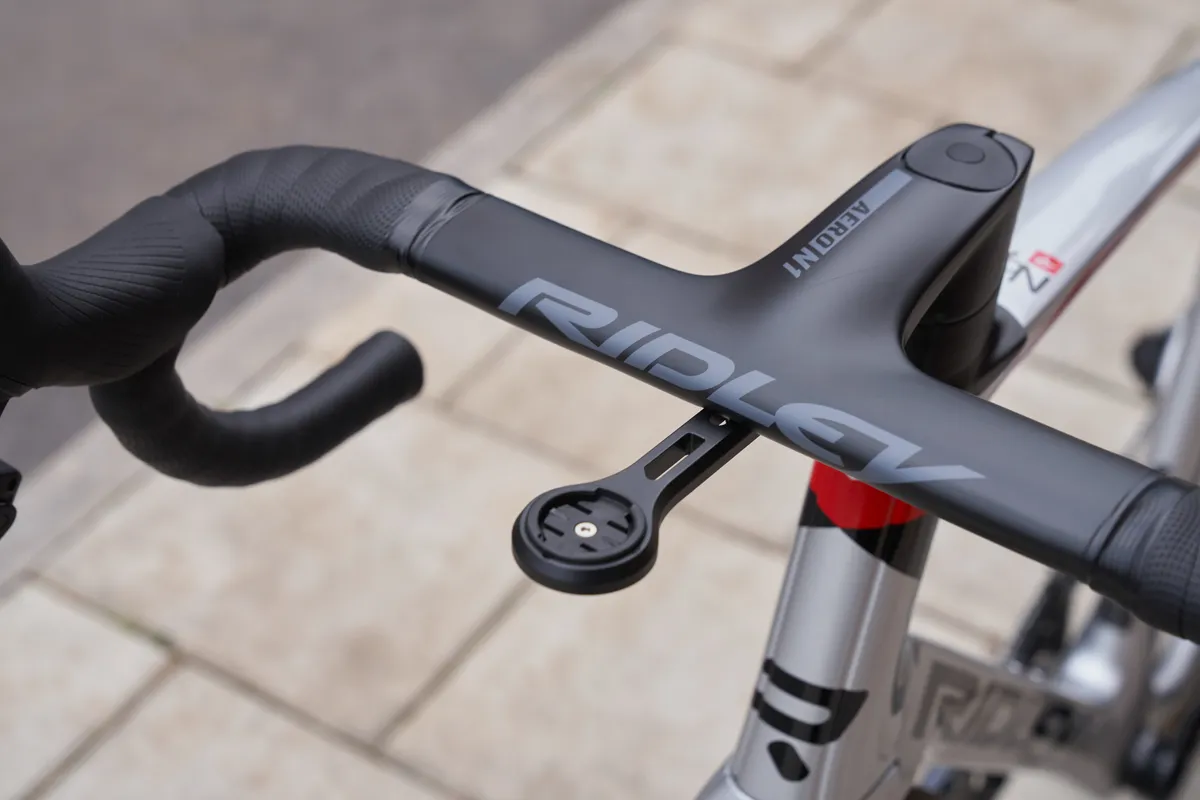
Finally, I like riding fast. My (neglected) club’s Tuesday fast rides on open roads where we’d often cover 70km at over 35kph were the highlight of my riding week, before the pandemic. Getting Covid, my resulting lack of fitness and general life got in the way of such behaviour.
Can the Ridley Noah Essential inspire me to find that form – and make up for the fitness I may lack – in the future? I hope so.
Ridley Noah Disc Essential initial setup
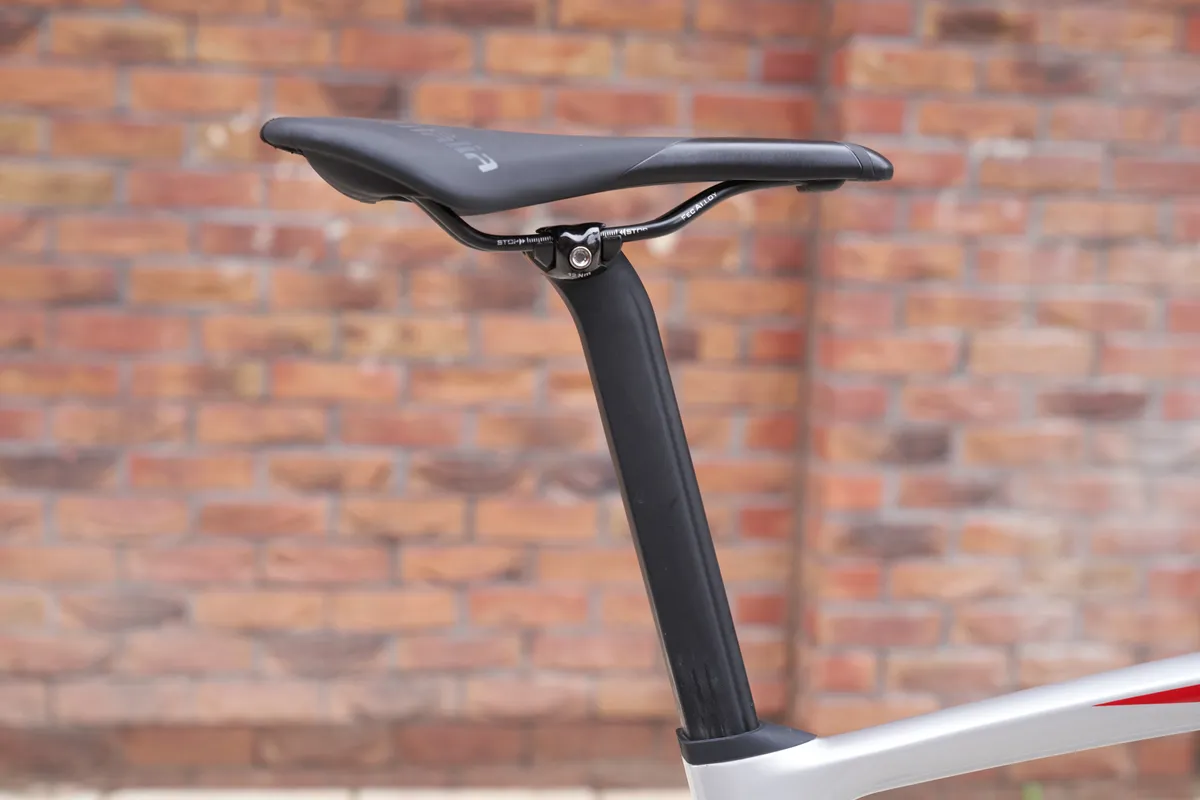
BikeRadar’s workshop manager Will Poole set up the Ridley Noah Essential for me, and it was a simple affair.
I had to set the saddle height, and add pedals and bottle cages, but that was pretty much all I did.
I’ve left the handlebar at its original height with a stack of spacers beneath it, although I may play around with this in the future.
Ridley is a Belgian brand and one quirk of the bike’s setup for a British rider like me is the brake levers are set up Euro-style, with the left hand operating the front brake.
This has taken some getting used to and I’ll probably switch the brakes around in the future to avoid any muscle-memory confusion when I switch between the Noah and my other bikes.
Despite the setup of my bike, Ridley says any Noah bikes sold to riders in the UK will have brakes set up with UK brakes.
Ridley Noah Disc Essential ride impressions

The Ridley Noah Disc Essential felt stable, smooth and responsive as soon as I started riding it.
One of the first serious blocks of riding I did on the bike was in the Peak District, where I was staying with old friends.
This might seem like an odd place to take an aero bike with a sprinting pedigree, considering the National Park’s horrendously steep climbs, but the trip provided a good insight into the Noah’s best features and shortcomings – as well as my own.
This bike is, as you may have guessed, fast. Heading down long descents, such as the winding road from the top of Snake Pass into the village of Glossop, the bike felt incredibly quick and stable.
It flowed around the bends with ease and I barely touched the brakes. When I did want to slow my speed, I was grateful for their bite and on or off feel.
Tackling some of the Peaks' steepest climbs, including Winnats Pass, left me wondering whether the bike, or I, wasn’t up to the challenge.
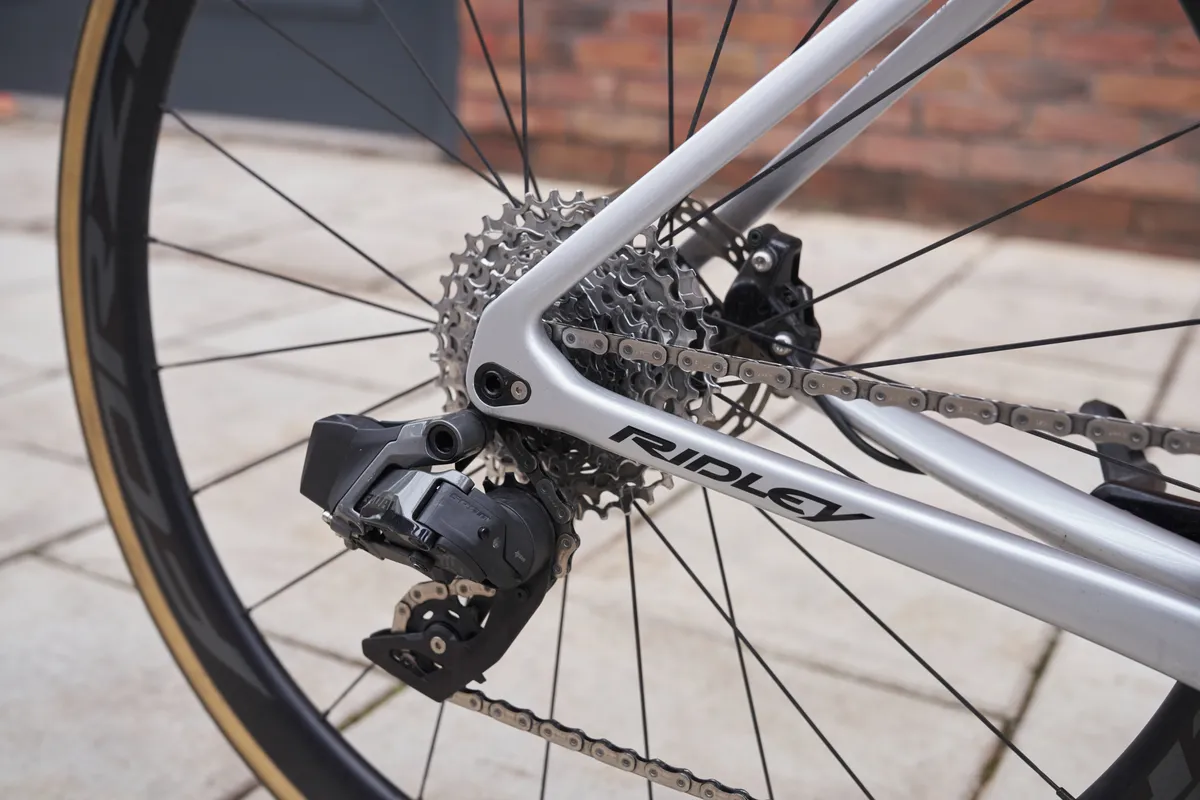
At 8.41kg, this Noah is similar in weight to other bikes with SRAM Rival eTap AXS, including the Canyon Aeroad CF SLX 7 Disc and Trek Émonda SL 6 eTap. But it still isn’t the lightest, and every time I saw one of my friends disappear up the road on his near-6kg climbing bike I wondered what it would be like if I were on a lighter machine.
It’s silly, but in my mind, the weight of the bike switched from a cost-effective win to a potential hindrance when I was stomping on the pedals in the midst of a glycogen debt.
The weight is due to the different carbon layup, but the fact the SRAM Rival eTap AXS groupset weighs more than equivalent mechanical groupsets is also a factor. Whether the electronic groupset is worth the extra weight – and costs – over a mechanical equivalent is something I’m keen to explore over my year of testing.
The Noah’s gearing had initially felt weird to me because I’m used to a 52/36t chainring setup with an 11-28t cassette. But on these climbs, I was grateful for the SRAM Rival’s widespread cassette and small front chainrings.
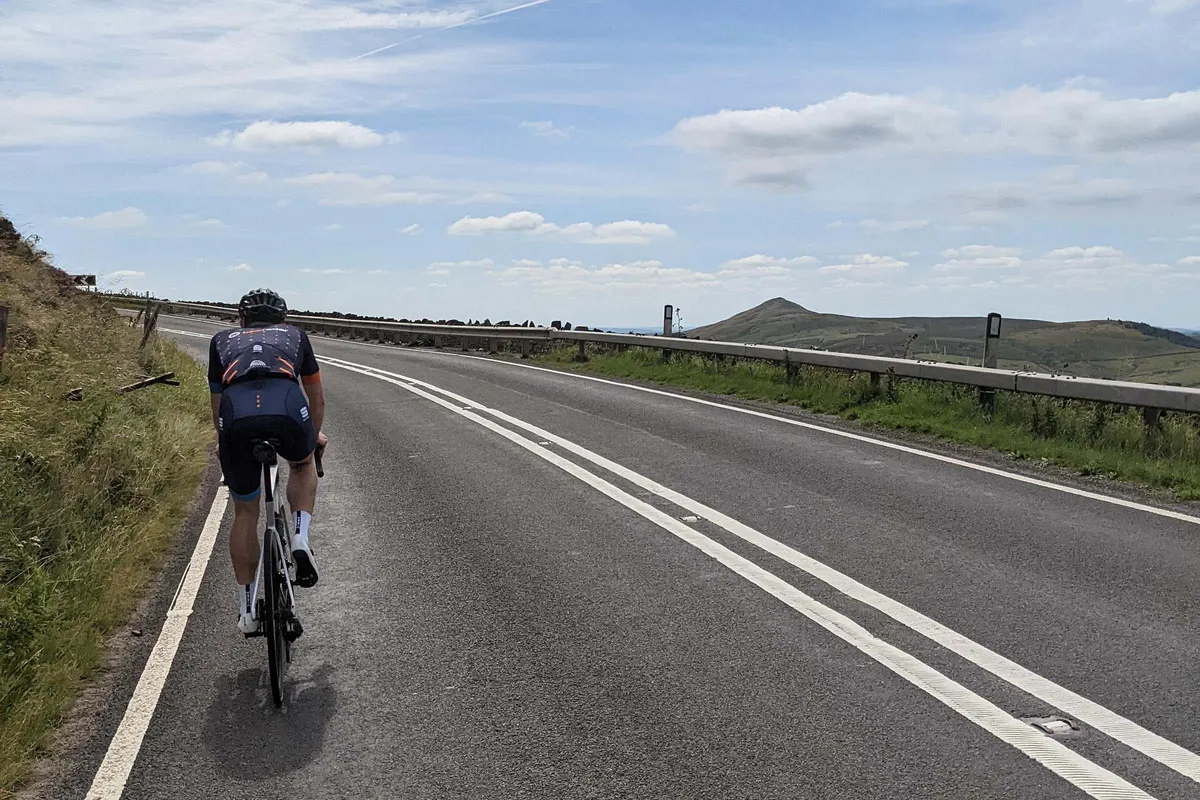
I have to admit, I’d done little riding in the months leading up to this trip due to having Covid – and having it bad. So I was also wondering to what extent it was my poor form that was the issue on these climbs.
After a couple of days of riding, we headed up Cat and Fiddle and it felt as though a shred of fitness had returned. The climb is far mellower than Winnats Pass, with an average gradient of 3.2 per cent and a maximum of 8 per cent.
The Noah felt much more at home here, as did I, with the bike and I favouring rolling terrain rather than scaling rock faces.
Back in the South West of England, where it feels flat compared to the Peak District, I’ve enjoyed the Noah’s fast handling and pace. But it could be more compliant and I do need to investigate the occasional noise from the disc brakes.
Ridley Noah Disc Essential upgrades

There are a number of upgrades I want to make to my long-term test bike over the coming months.
The first is changing the saddle. Saddle choice is personal and this is likely a step many would take when buying a new bike. The Selle Italia XR saddle has been fairly comfortable, but wouldn’t be my first choice.
I would like to switch the wheels out, too. Upgrading your wheels is often one of the top ways you can improve the performance of a bike. A bike such as this feels as though it should have rims deeper than 38mm, and this could further unlock the bike’s potential.
At a claimed 1,535g, the Forza Levanto DB carbon wheels currently on the bike are relatively heavy for their depth.
Considering the Canyon Aeroad CF SLX 7 is an aero bike with the same groupset as the Noah, but has deeper wheels and weighs less, I’d be keen to see if a wheel change could also help bring the overall weight down. However, getting a wheelset that has both deeper rims and a significantly lower overall weight would likely not be a cheap upgrade.
This will likely be a task for the spring. In the meantime, I will likely switch the tyres out to a set of winter road bike tyres to reduce the chances of having to fix punctures in the coming months. I’ll probably opt for a 28mm tyre to add some extra comfort and grip to the bike as well.
BikeRadar’s long-term test bikes
BikeRadar's long-term test bikes give our team the opportunity to get to grips with these machines, so we can tell you how they perform through different seasons and on ever-changing terrain, through a year of riding.
Some choose a bike from their favoured discipline and ride it hard for a year, others opt for a bike that takes them outside their comfort zone.
We also use our long-term bikes as test beds for the latest kit, chopping and changing parts to see what really makes the difference – and help you decide which upgrades are worth spending your money on.
These bikes also provide an insight into the team's riding through the year – how they like to ride and where life on two wheels takes them, from group rides on local lanes and trails, to adventures further afield.
To see all of the BikeRadar team’s long-term test bikes – and to stay up-to-date with the latest updates – visit our long-term review hub.
Product
| Brand | ridley_bikes |
| Price | 5195.00 EUR,4729.00 GBP |
| Weight | 8.4100, KILOGRAM (M) - |
Features
| br_frame | Ridley Noah Disc Essential |
| Tyres | Vittoria Corsa G2.0 |
| br_brakes | SRAM Rival hydraulic |
| br_cranks | SRAM Rival, 48/35t |
| br_saddle | Selle Italia XR |
| br_wheels | Forza Levanto DB Carbon |
| br_handlebar | Noah Fast Aero on-piece carbon handlebar and stem |
| br_availableSizes | XXS, XS, S, M, L, XL |
| br_rearDerailleur | SRAM Rival eTap AXS |
| br_frontDerailleur | SRAM Rival eTap AXS |
